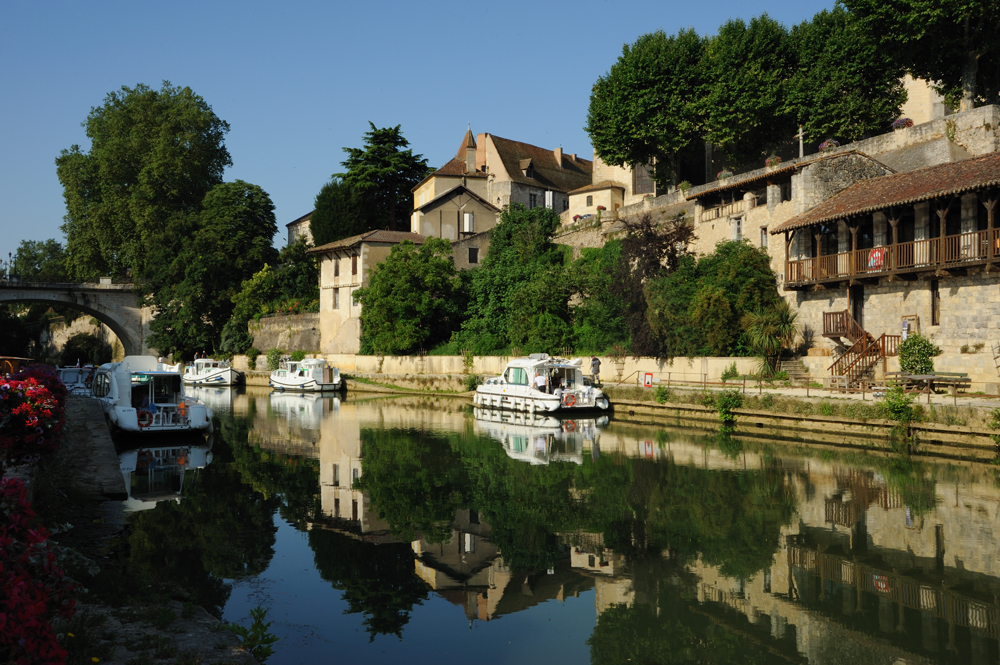
Waters and Wines of Aquitaine
Waters and Wines of Aquitaine. The Barge
Waters and Wines of Aquitaine. Serignac-sur-Garonne
Waters and Wines of Aquitaine. Buzet
Waters and Wines of Aquitaine. Baise River
At the end of our third day on the water, we arrived in Nerac.
Traditional lock before any town on the river.
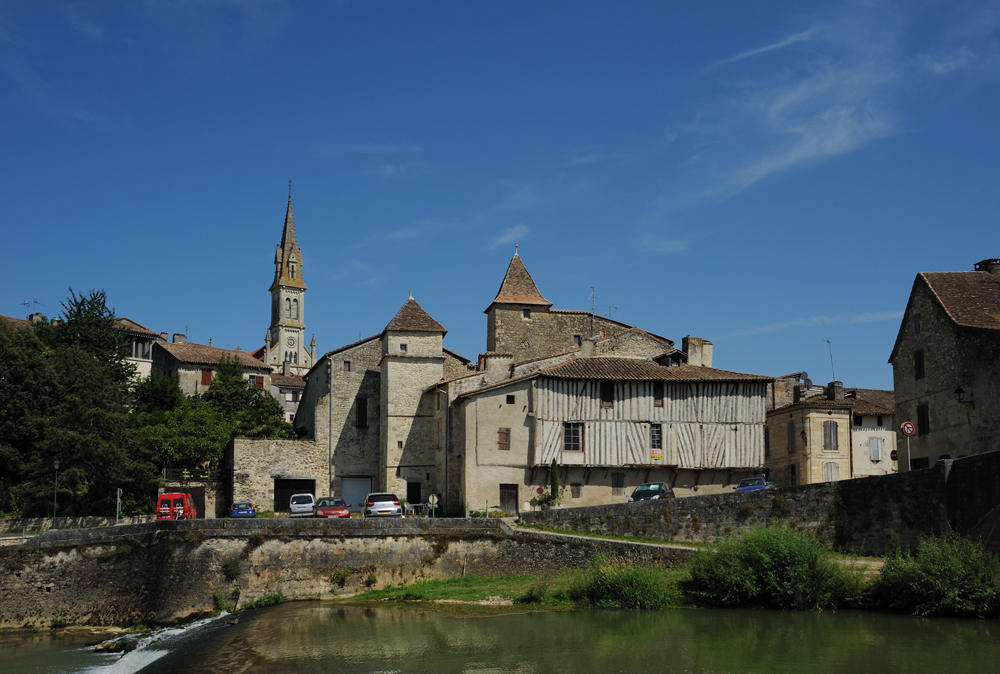
There is a sign right on the lock for the dogs. The beer is not for dogs, it is mine.
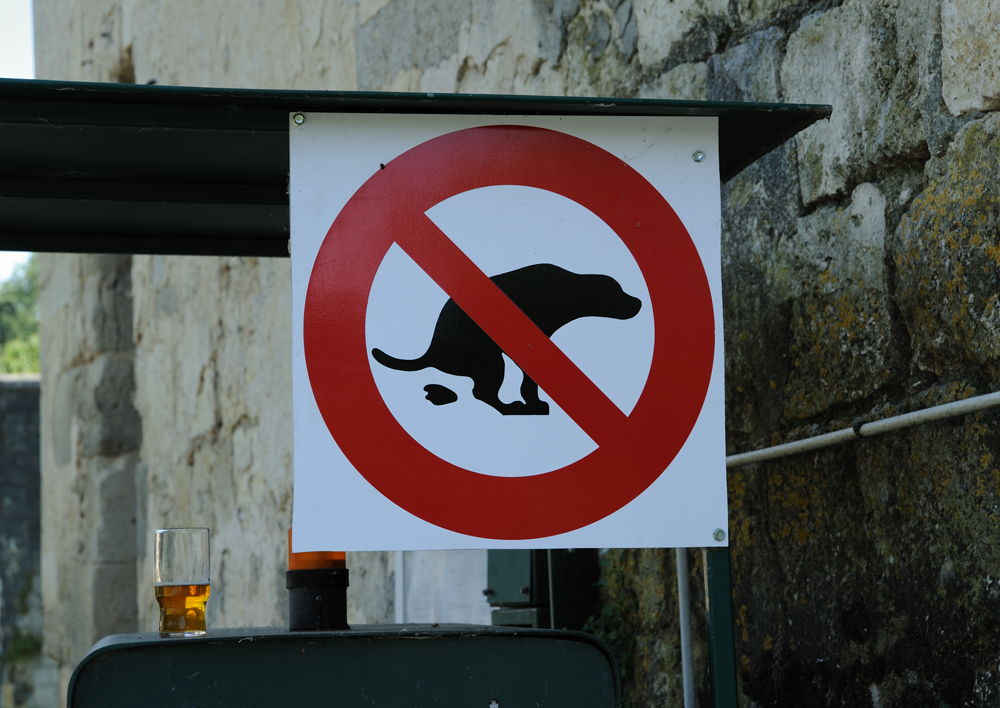
This bridge is right behind the lock. This is the oldest bridge in Nerec, it was built in the XVI century. The central arcade of the bridge had fell and had been rebuilt many times. Despite that a passage under the central arcade looks wider and more convenient, the only passage under the right arcade is open for boats. Looks like the debris of many fallen central arcades formed a shallow and made this passage unpassable.
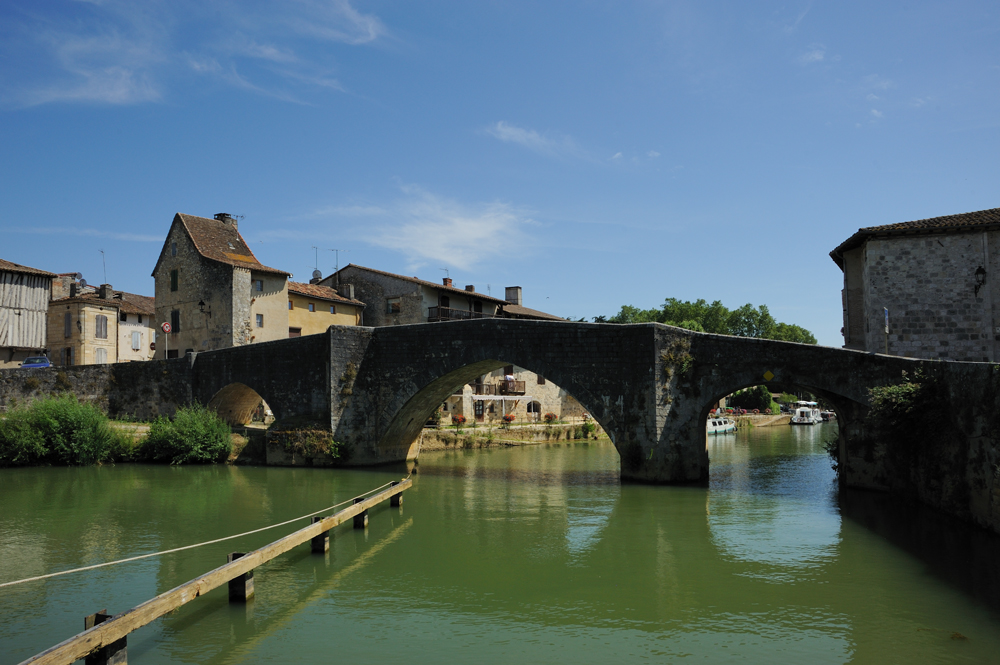
The bridge from the other side.
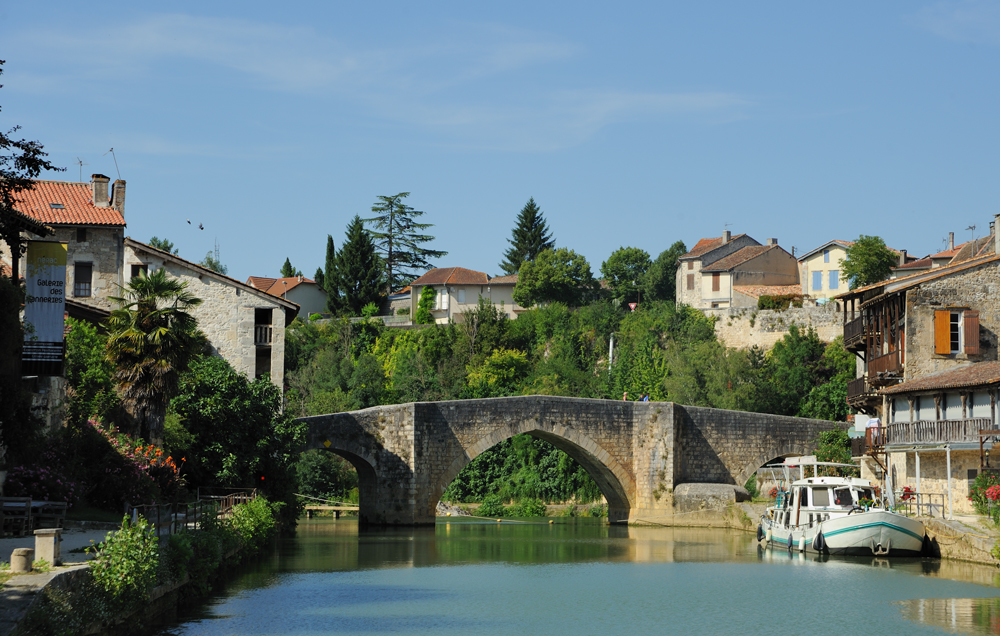
There is a water centre of the town and mooring right behind the bridge. About 13 Euro per night, water and electricity without limit. They come to your barge to collect money, give some guides and answer your questions about the town.
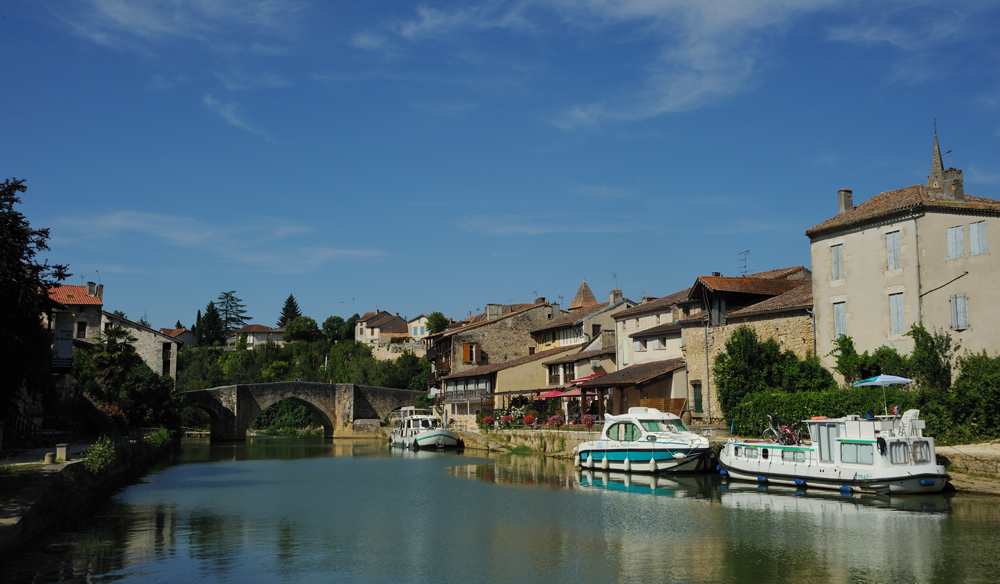
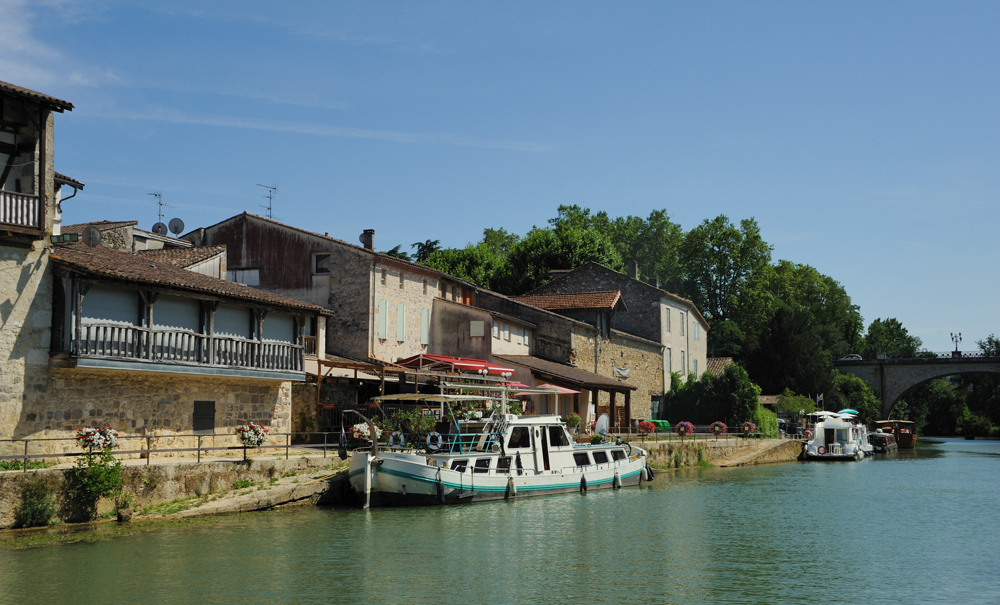
Nerac in the first place is Henry IV aka Henry de Bourbon aka Good King Henry aka Henry the Great. The second half of the XVI century. King of Navarre and France, who stopped the French Wars of religion, united France and brought it to economic exuberance, started overseas expansion. People loved him because of his care about their welfare. He also was a gourmet, a warrior, and a lover. Nice person, actually.
Independent kingdom Navarre existed since the IX century and consisted of Vasconia (South Navarre, north-east of modern Spain) and Aquitane (south-west of France). South Navarre was defeated by Ferdinand II in 1513 and it became part of Spain. Noth Navarre continued to be independent at the moment of Henry’s birth, and his mother and father were Queen and King of Navarre. And Henry was a prince, accordingly. It was the time of huge war between Huguenots and Catholics, and Henry was born not only in the world but also in the family where the holy war had a place. His mother was Huguenot and his father Catholic. Family religious wars made him so upset, that he devoted whole life to stop it. And did it successfully, if not in his family but in the whole country at least. Henry was christened as a Catholic but was raised as Protestant on the insistence of his mother. During his life, he periodically accepted Catholicism in political purpose (he always was pretty far from religious fanatism, it is his expression – “Paris is well worth a Mass”). Both his wives were Catholic. Actually, the real purpose of his first marriage with Margaret of Valois was the reconciliation of Catholics and Huguenots.
In youth ages he spent years in French court; after his mother’s death in 1571 he became King of Navarre. King of France quickly organized his marriage with Margaret of Valois and kept him in Paris. However, after four years he escaped to Navarre and settled in Nerac in his castle. He lived in Navarre between wars and intrigues till Henry III, King of France, died, and Henry became his rightful heir.
Only one wing of Henry’s castle in Nerac survived till the present time, and now it is the museum of Henry IV.
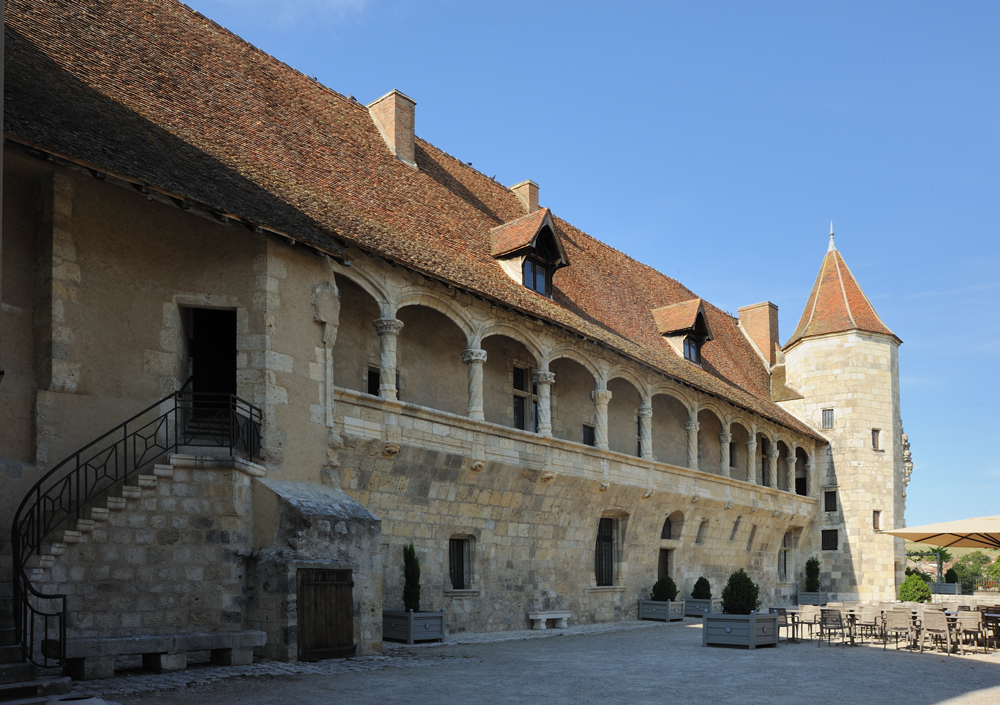
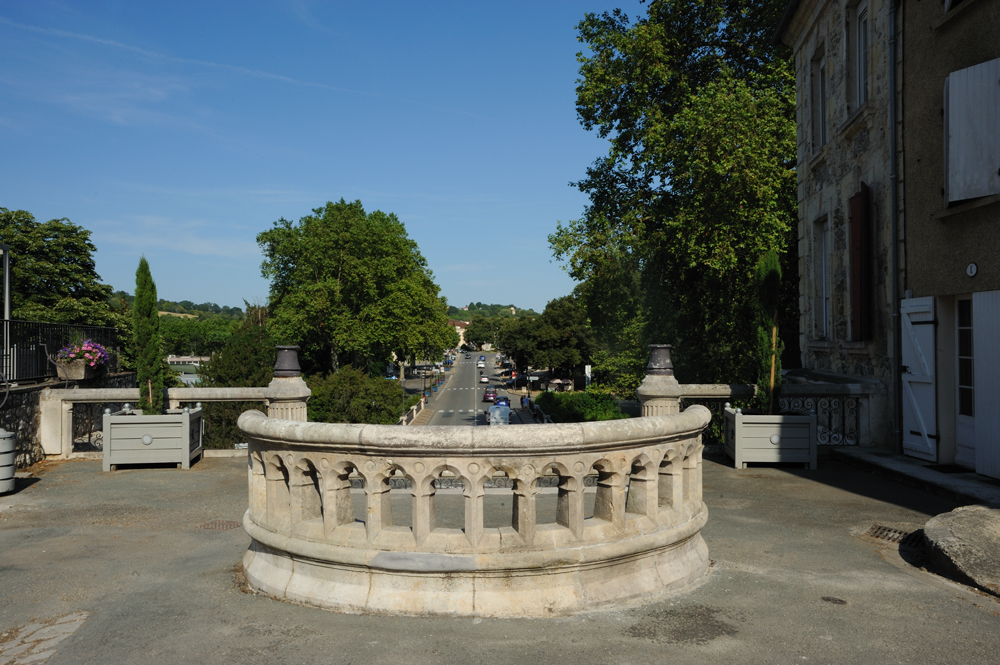
The copy (the original is inside) that shows the mutual love of Henry and his vassals.
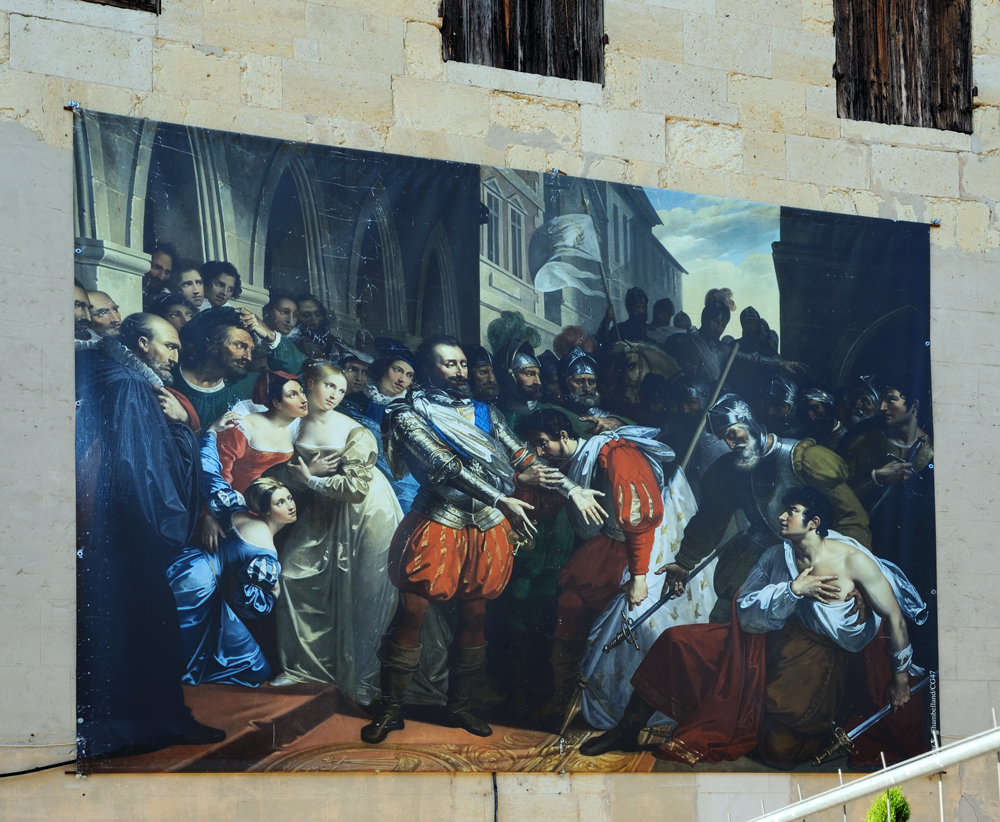
The King in actual size. Somewhere on the street of Nerac.
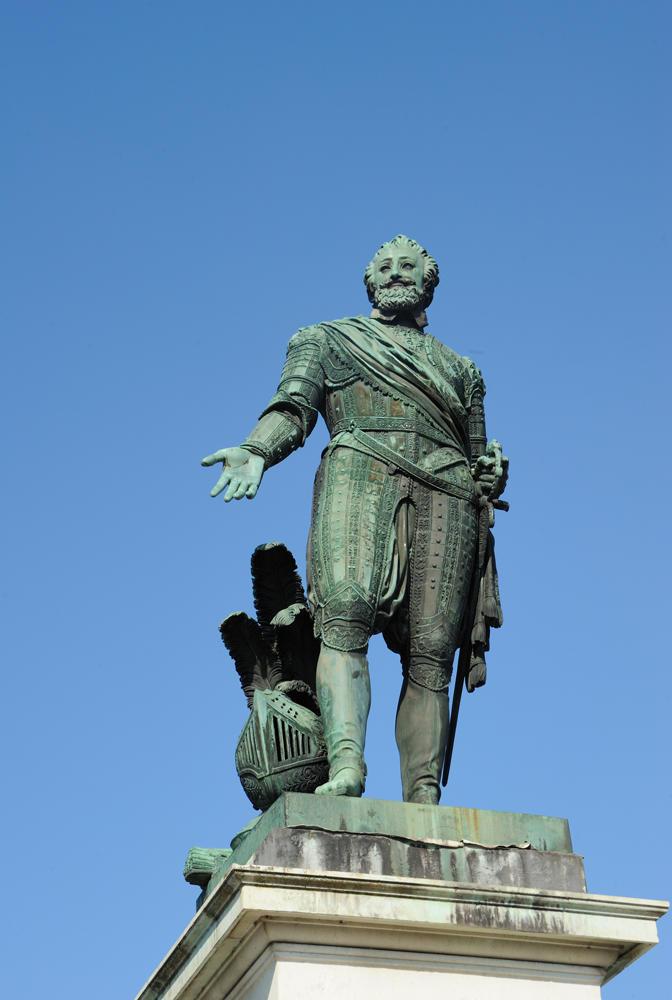
There is a permanent exhibition in the museum about Henry IV and the court life of his time. When we were in the museum it also has a temporary exhibition of scents of Henry’s times. Smells on the town, the court, people, and the King. Spices, fragrances of that time, and result of their combination with unwashed bodies. Quite interesting.
It is common knowledge that Medieval Europe avoided water and washing. However, I somehow missed (or forgot) the information that it started relatively late. Nerac castle had bathrooms with hot water and even steam. All rich houses had similar things. Common people used public bathhouses. Primarily Church exterminated public bathhouses as a vehicle of sins (men and women washed together). Later Black Death came, and people started to afraid of washing because they connected it with plaque.
Henry IV has remembered in Nerac up to now. The hotel named after him.
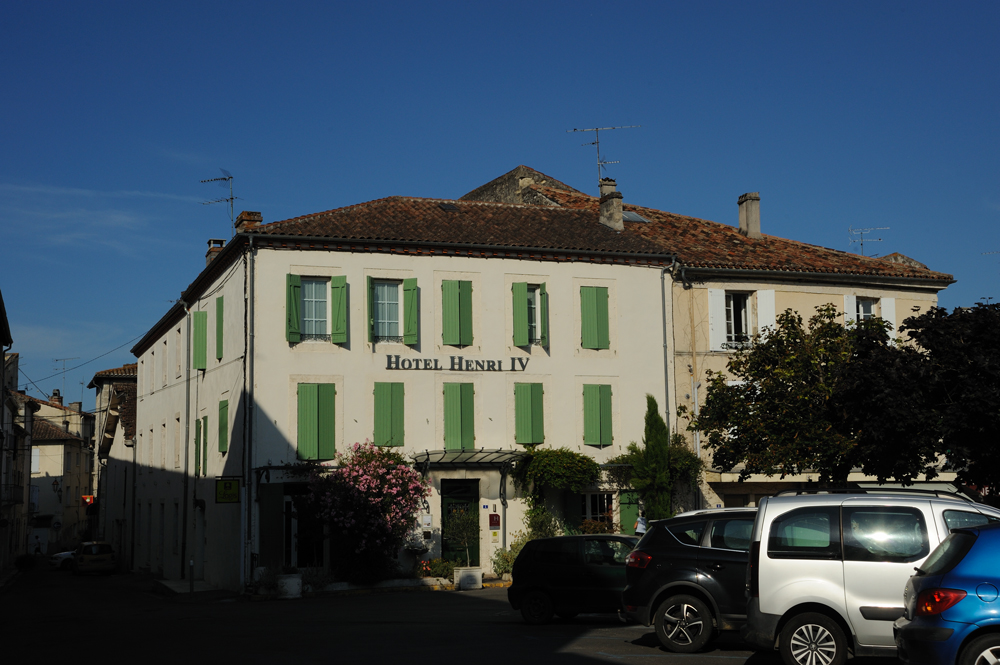
In the town.
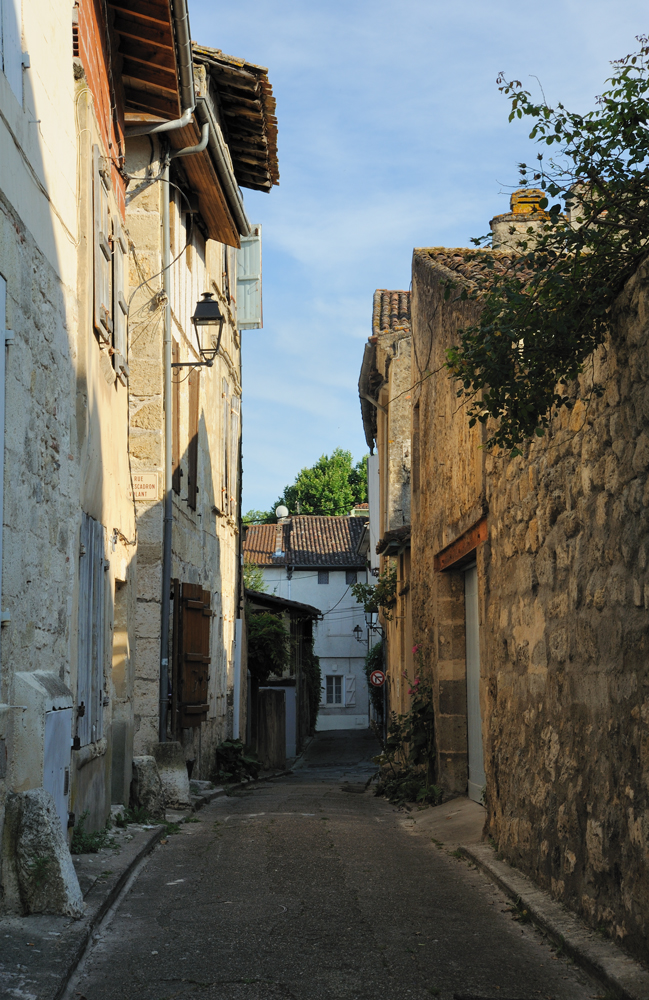
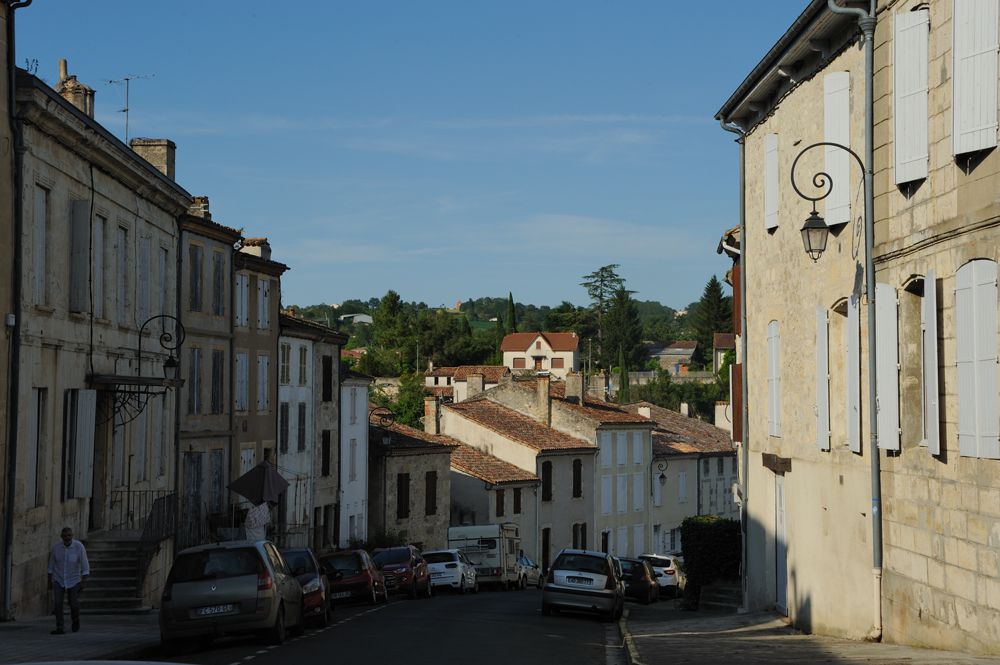
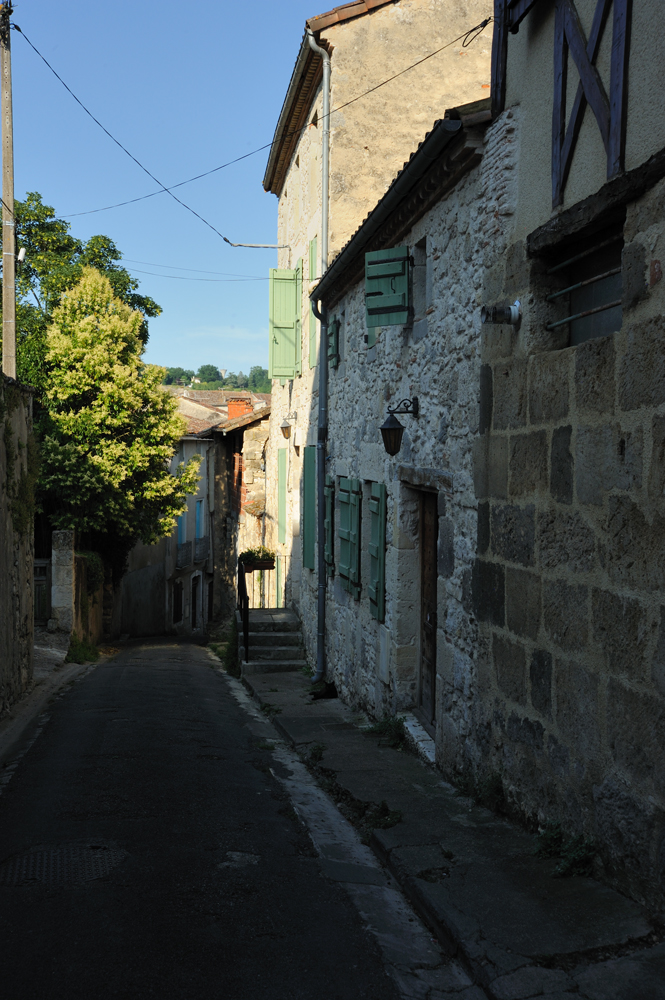
City-hall
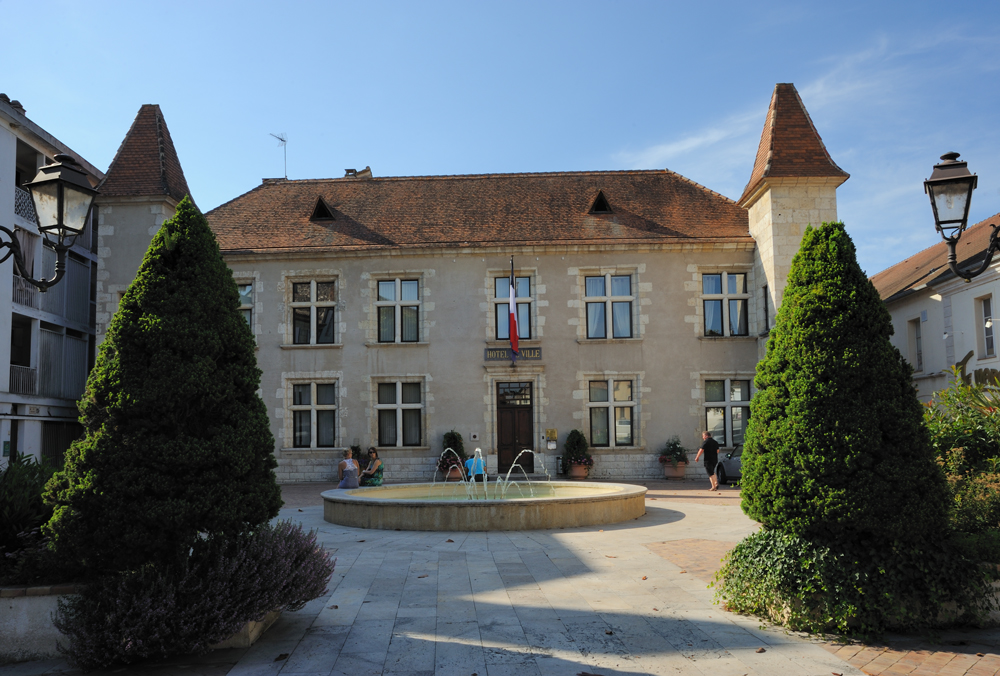
The monument to Jacques de Romas, physicist, the citizen of Nerac (XVII century).
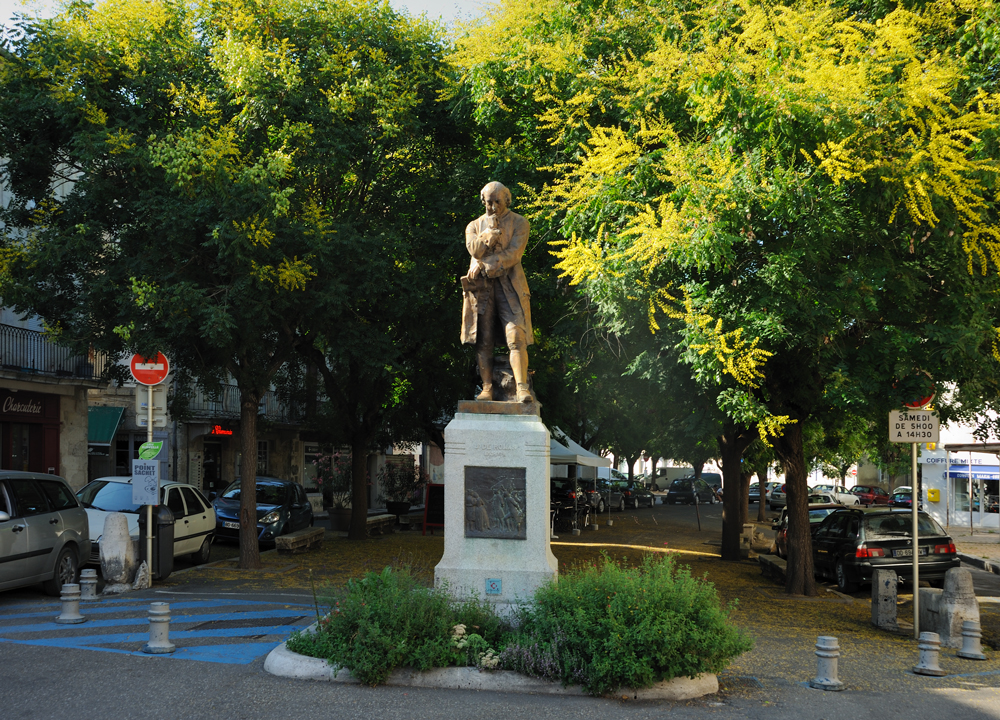
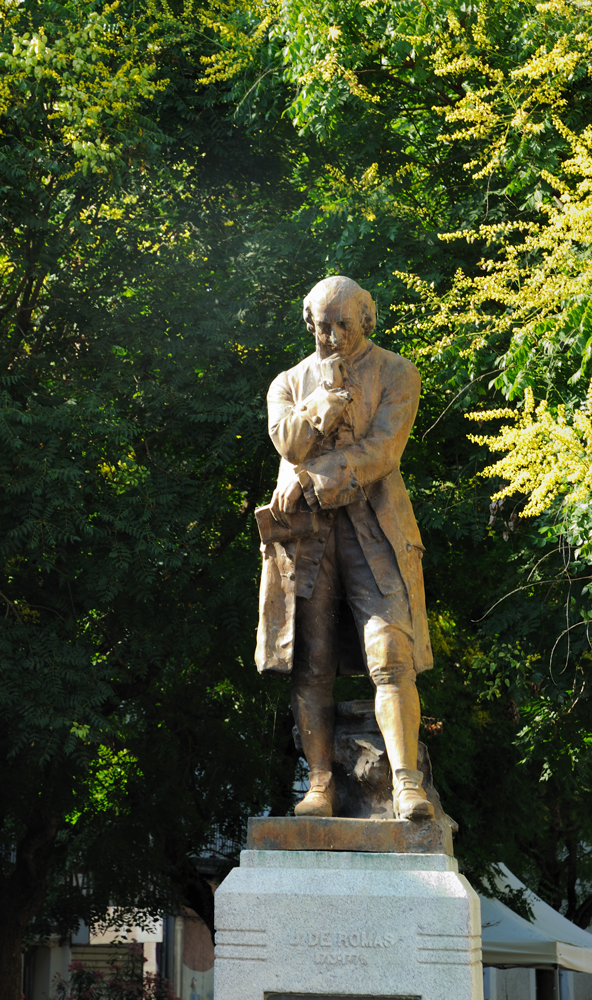
He studied atmospheric electricity and loved to demonstrate experiments for the public. One of such experiments is reflected on the monument.

The law-court in the past, the administrative building in the present.
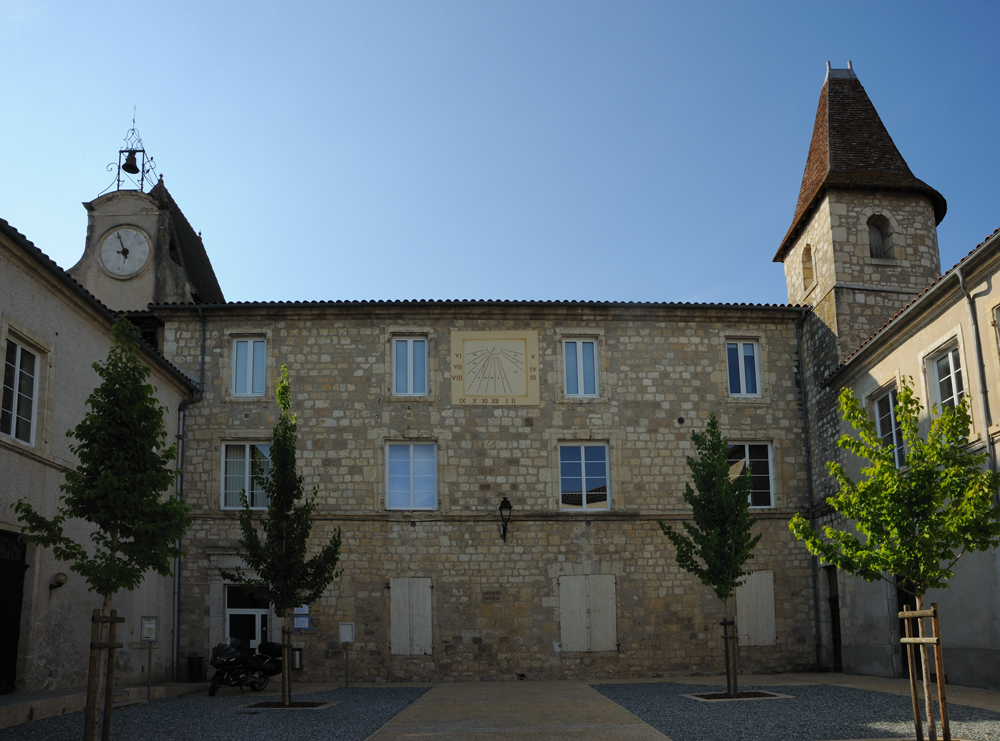
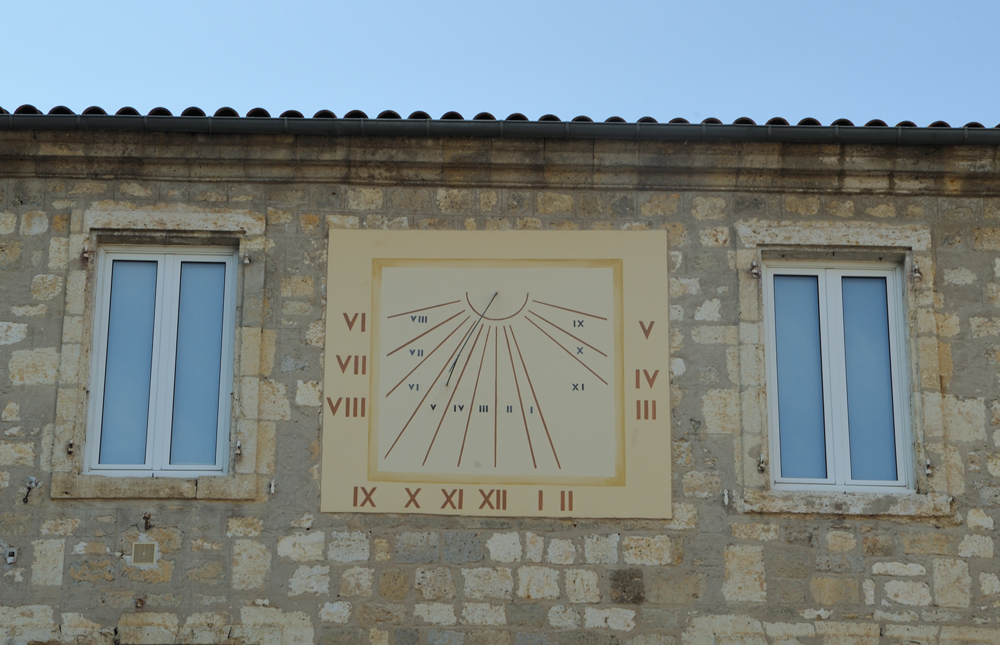
This church, Notre-Dame de Nerac, is visible from any place in the town. It is pretty new, XIX century, but it was built in medieval style.
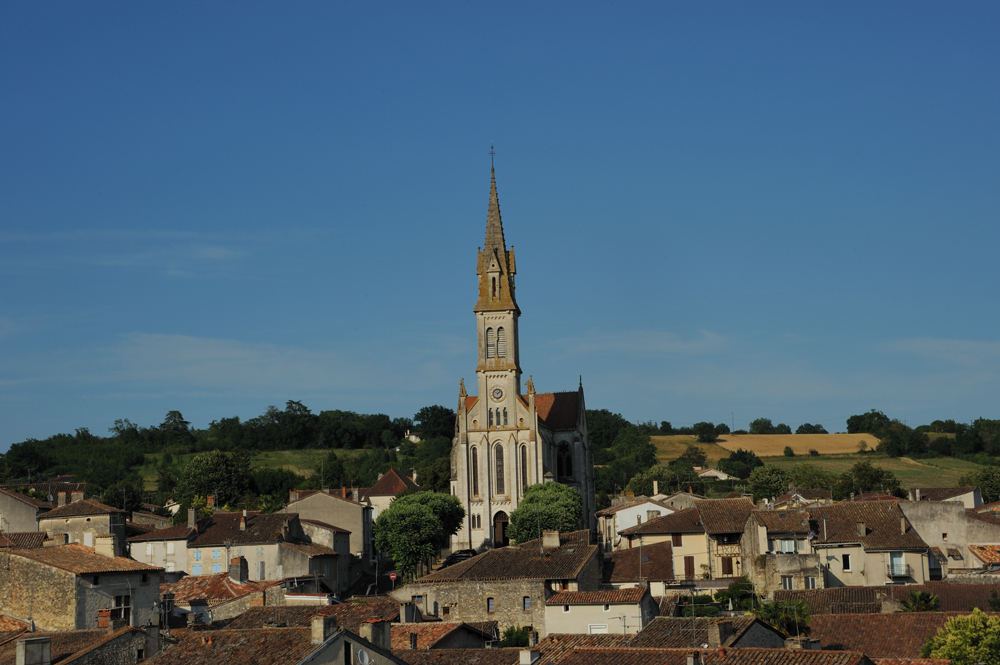
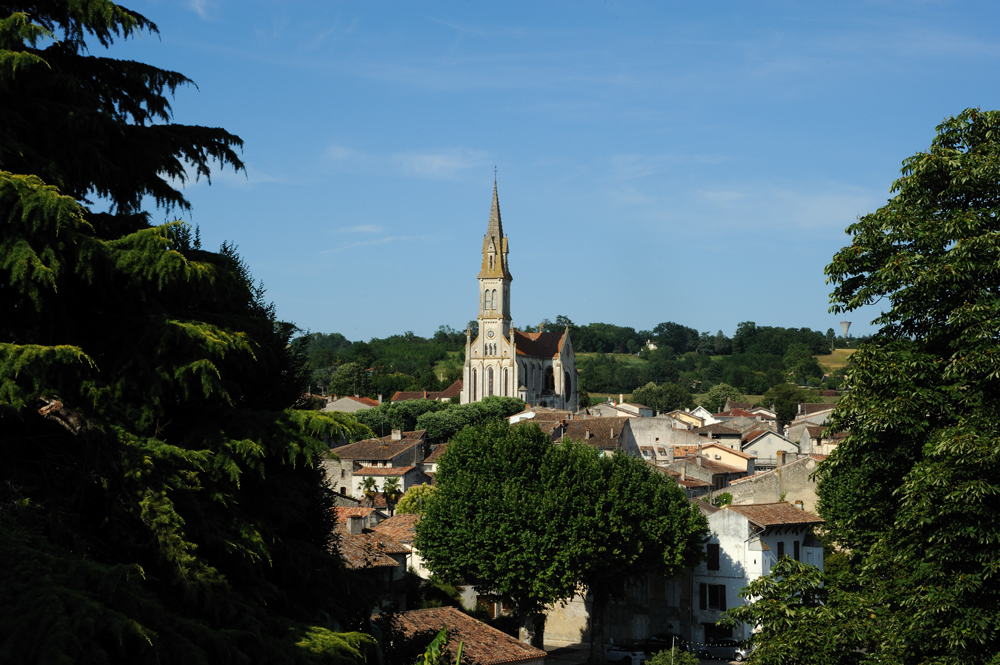
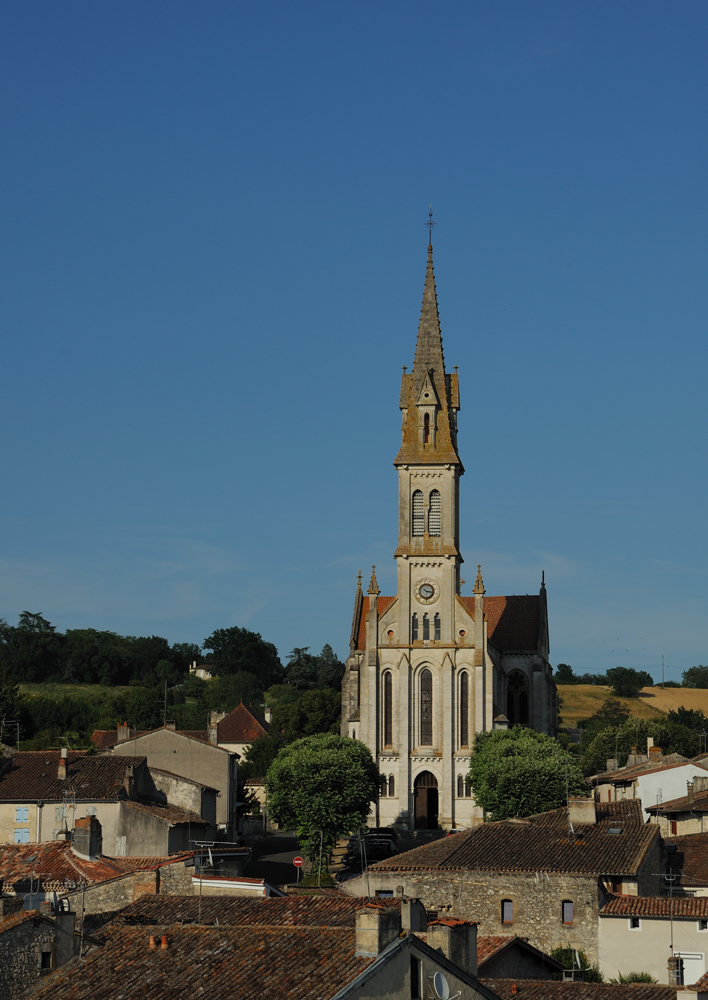
View on the town from the left bank.
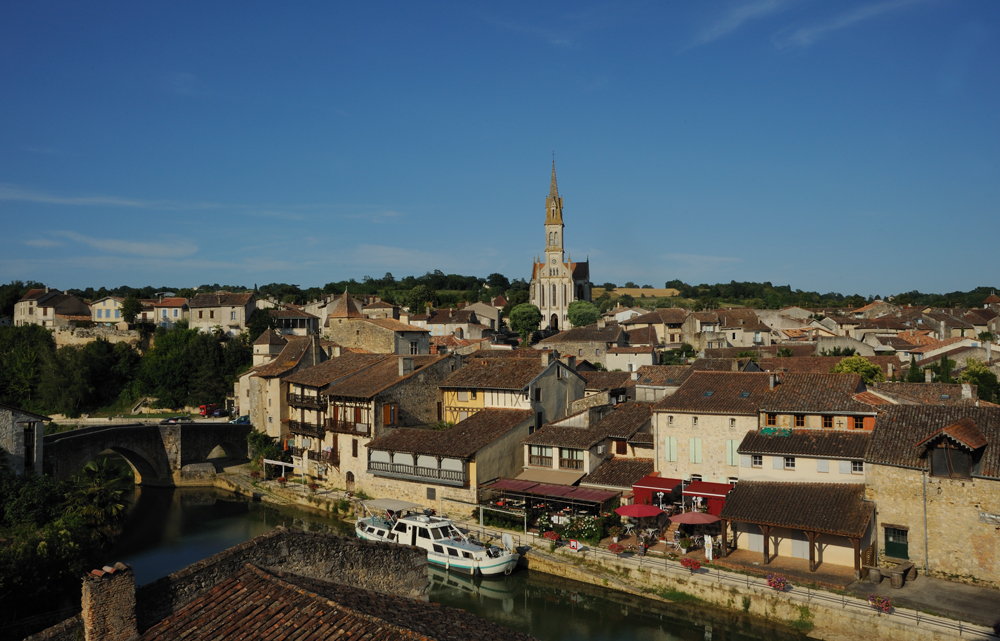
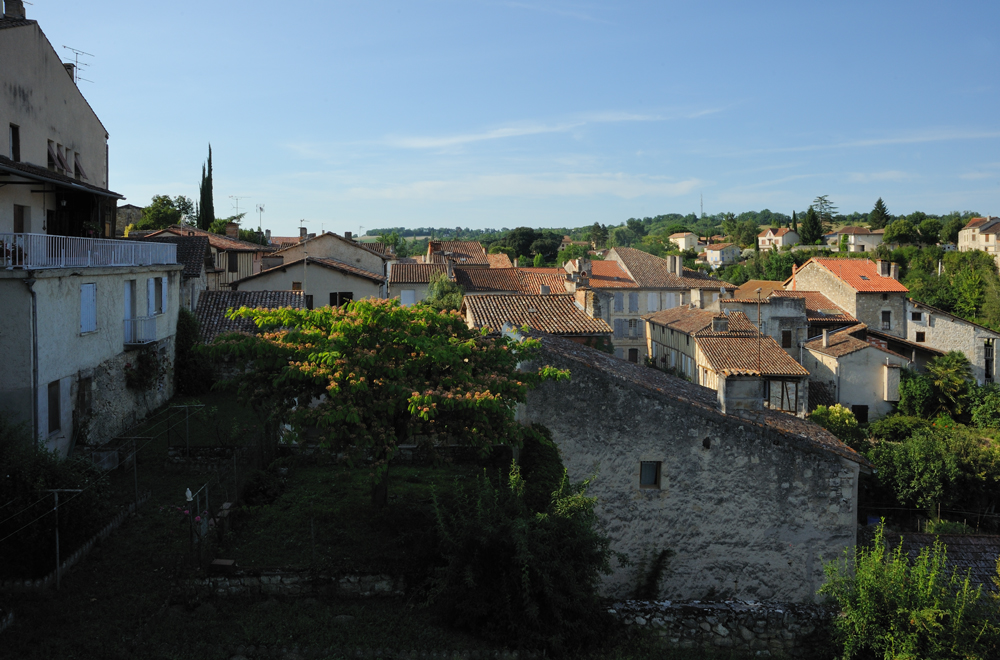
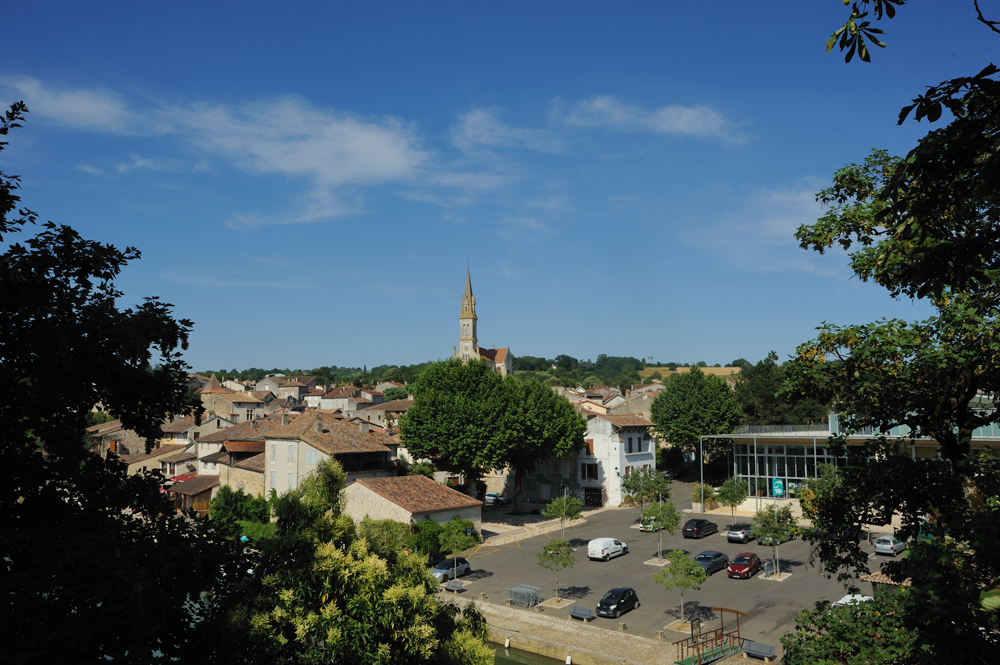
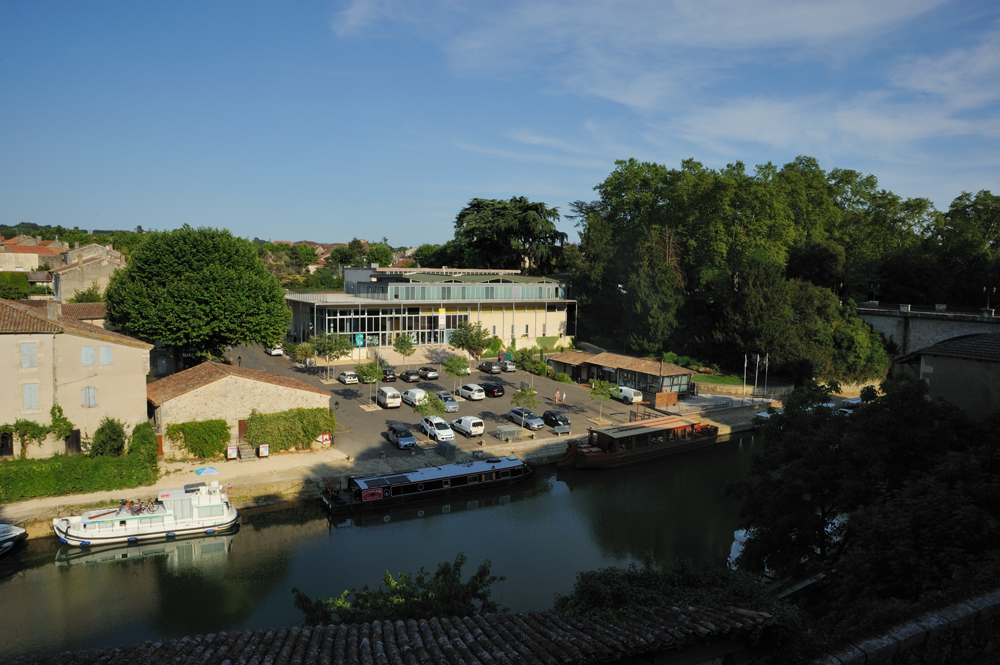
The Conference House.
It was built for the famous Nerac Conference of 1578, that was organized by Catherine de’ Medici. King Henry lived in Nerac in that time, and Catherine de’ Medici with his help organized the conference between Catholics and Protestants, where the important Edict of Nantes was signed. To the Conference, Catherine brought plenty of young girls for softening severe Protestants by their nice images (or maybe not only images). She also brought to Nerac the wife of Henry, Margaret, who also was her daughter). Henry left Margaret in Paris when he escaped to Nerac. The family reunion was not for long: after the Conference Margo returned to Paris.
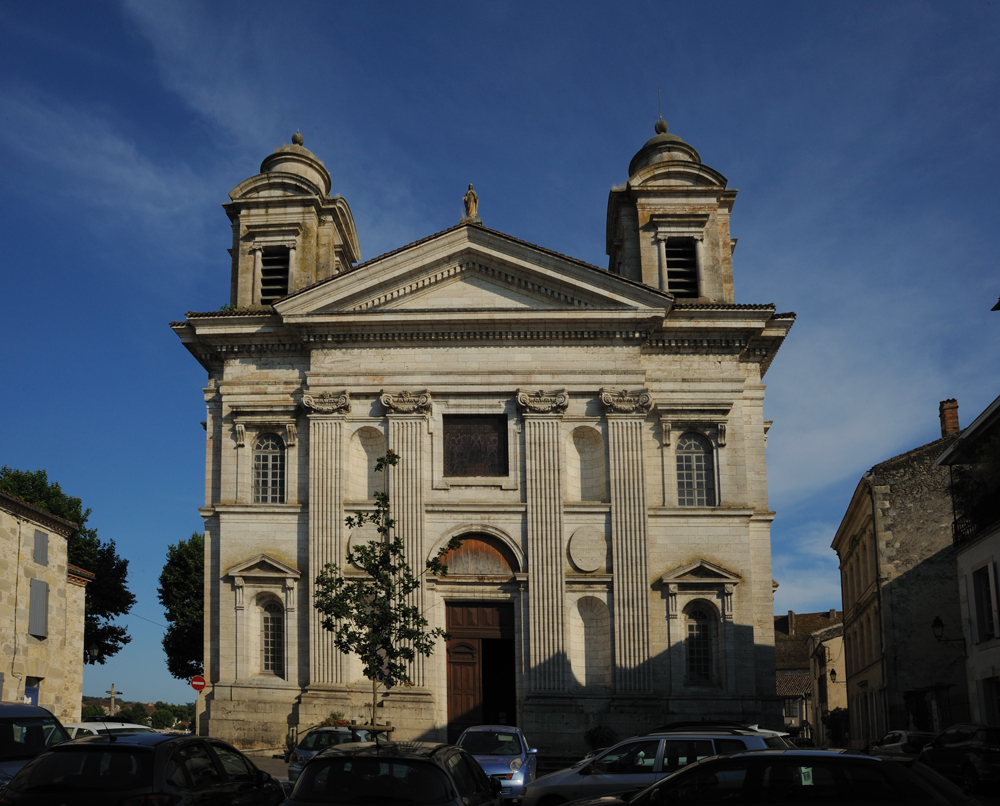
More of the town.
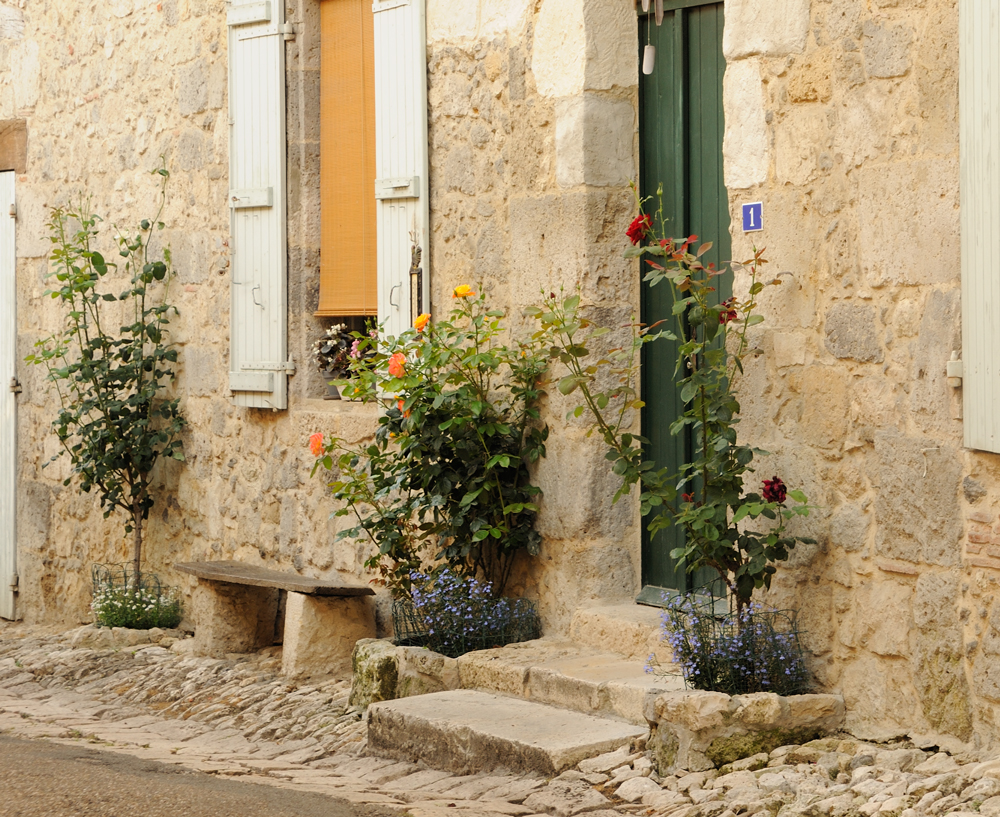
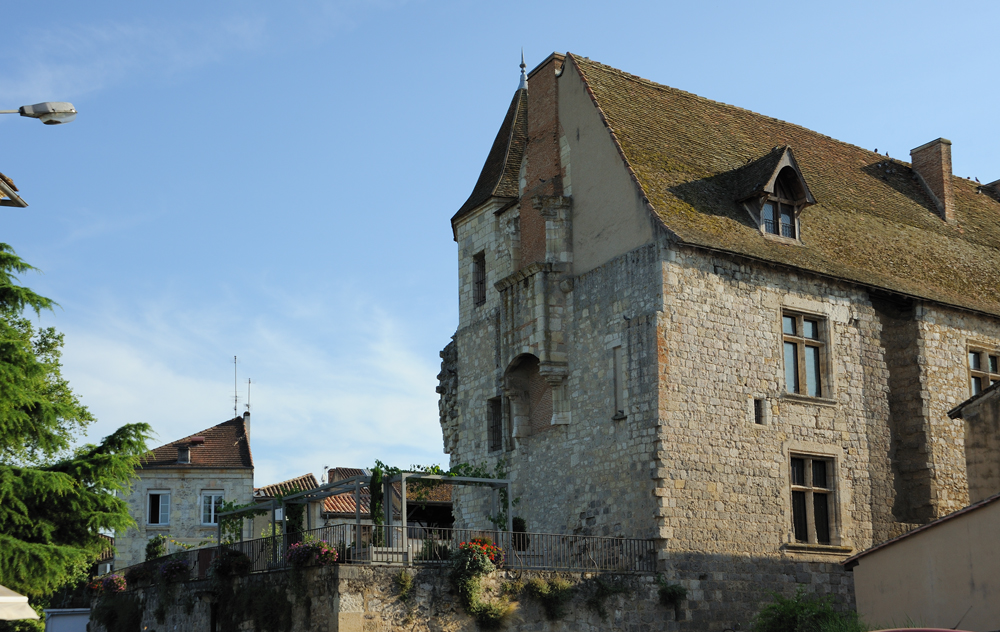
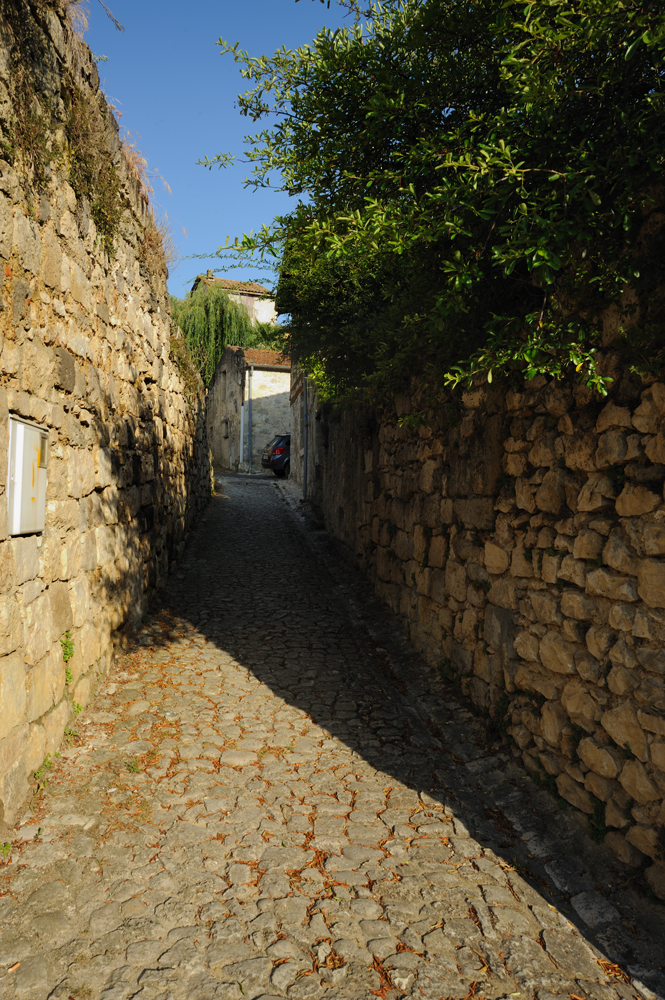
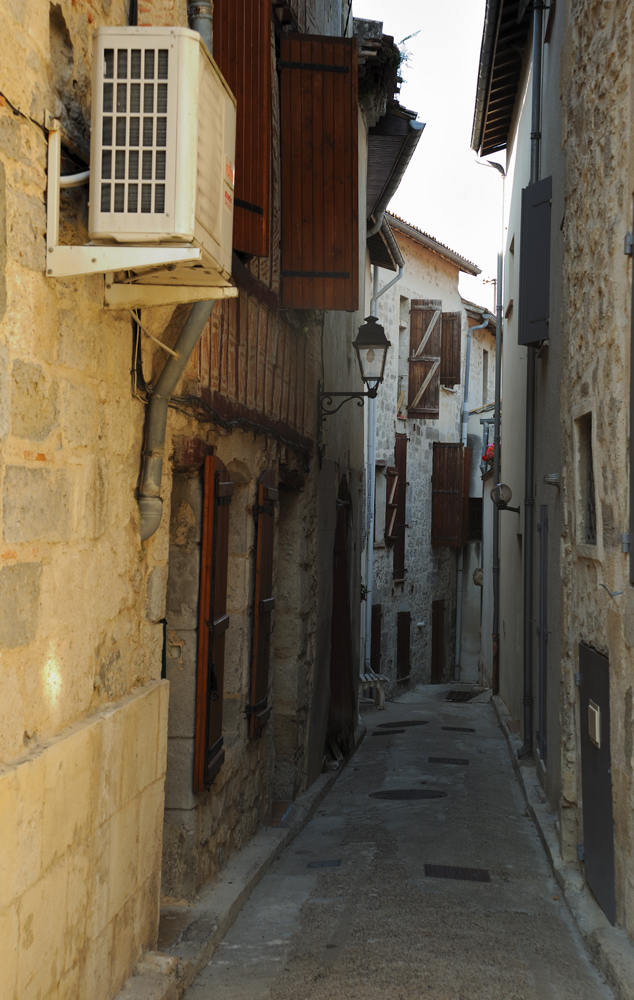
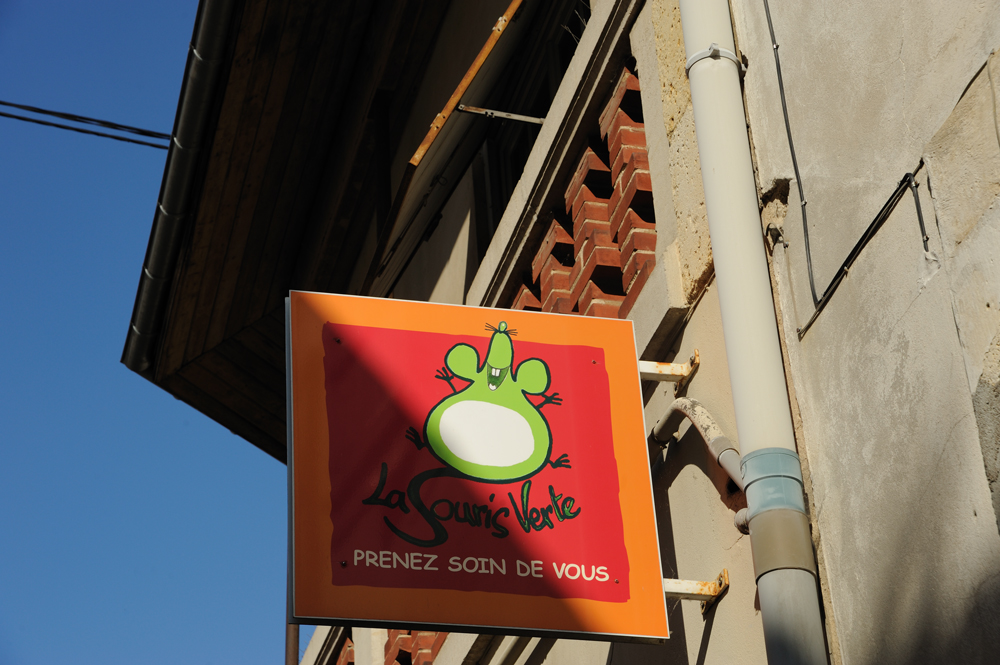
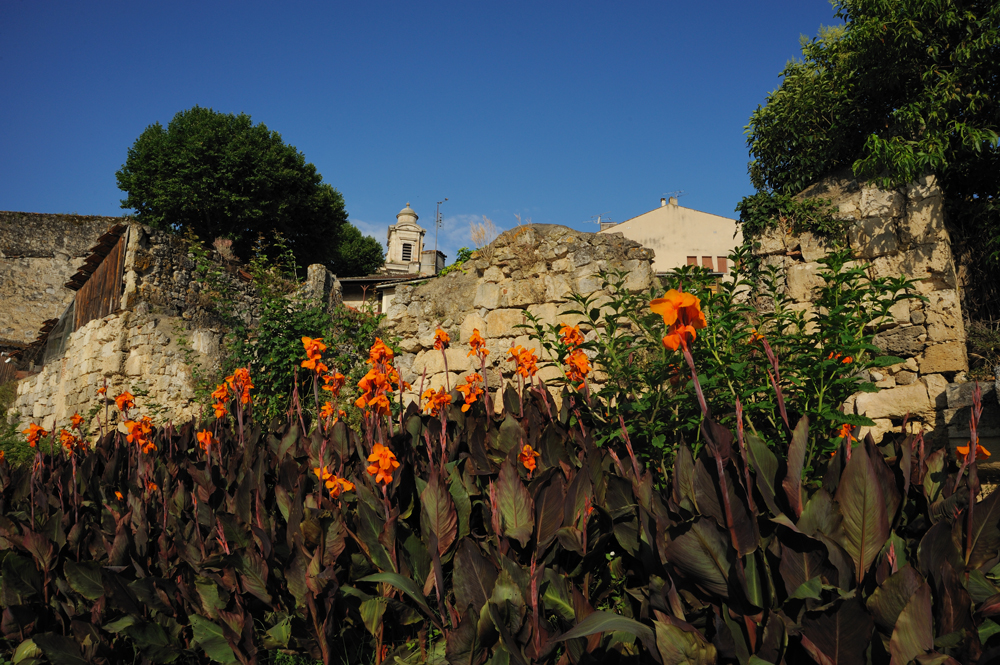
On the riverside. Passig Baise via the oldest bridge to the right bank.
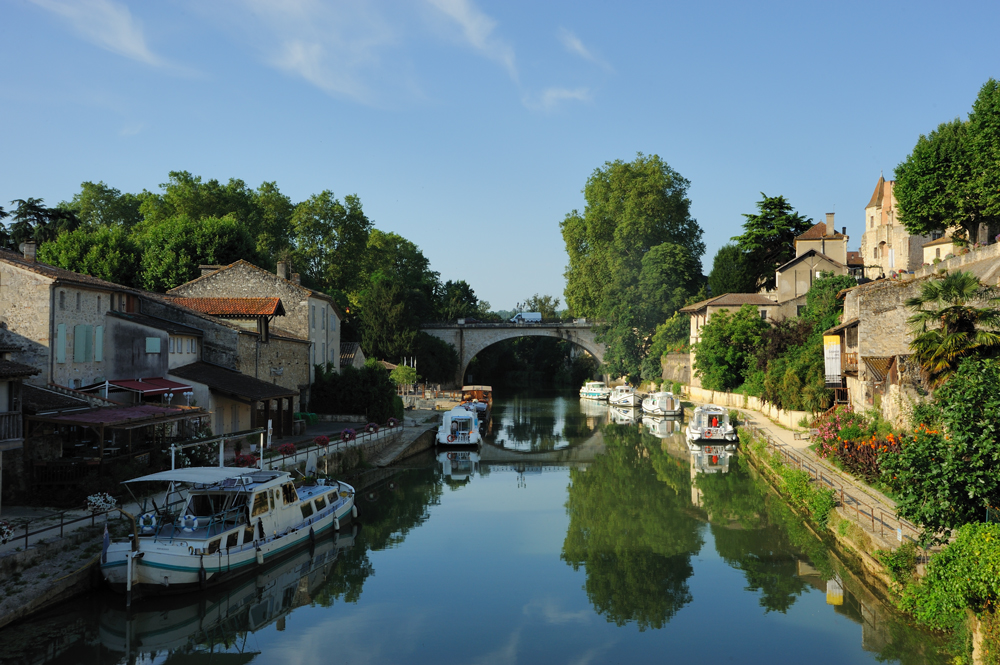
View from the right bank to the left one.

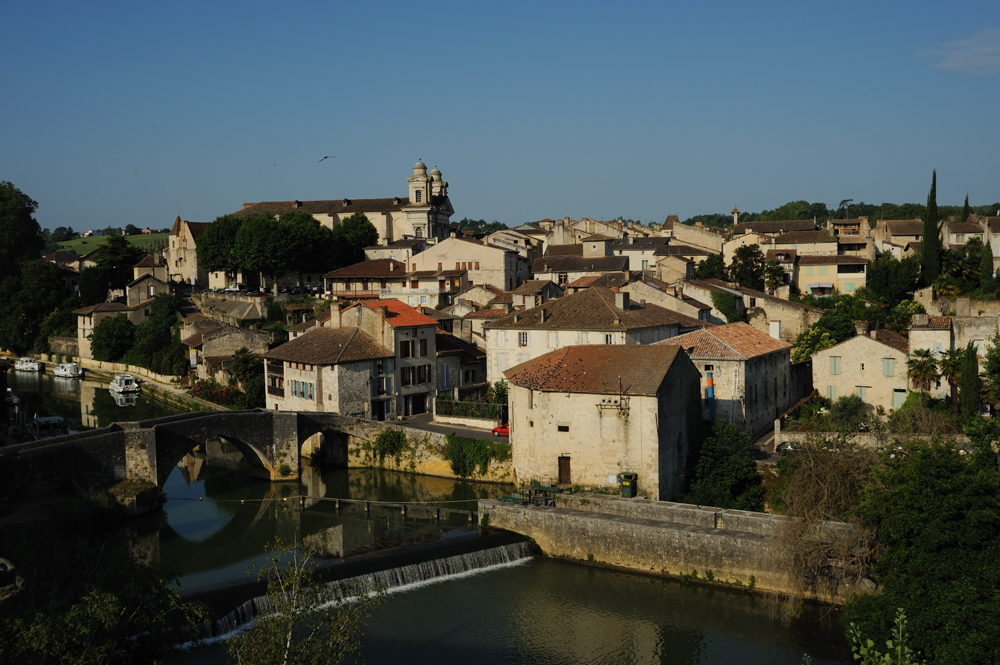
The house with blue shutters.
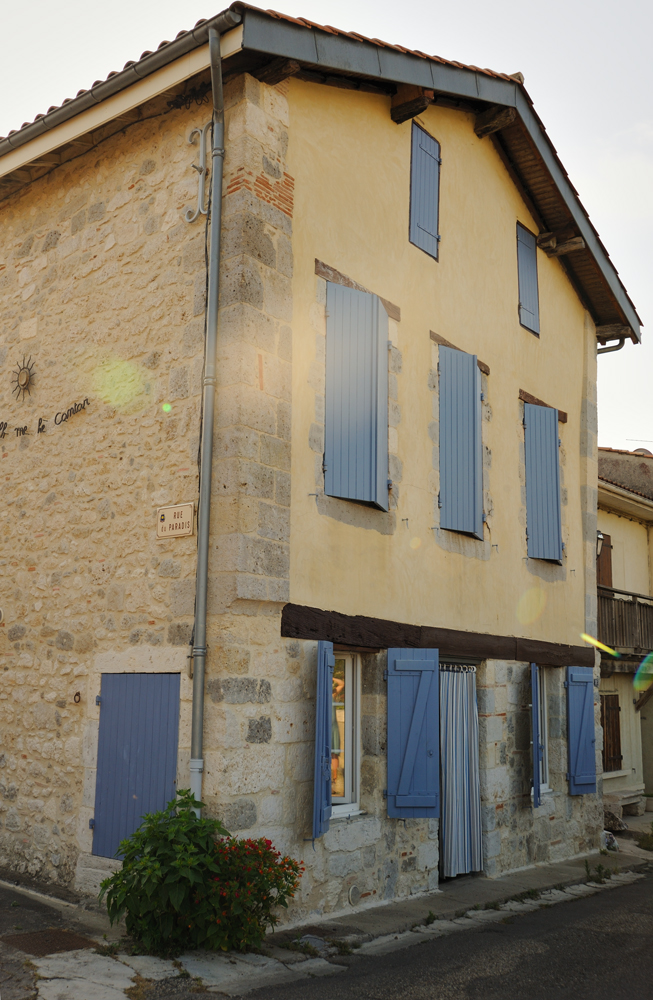
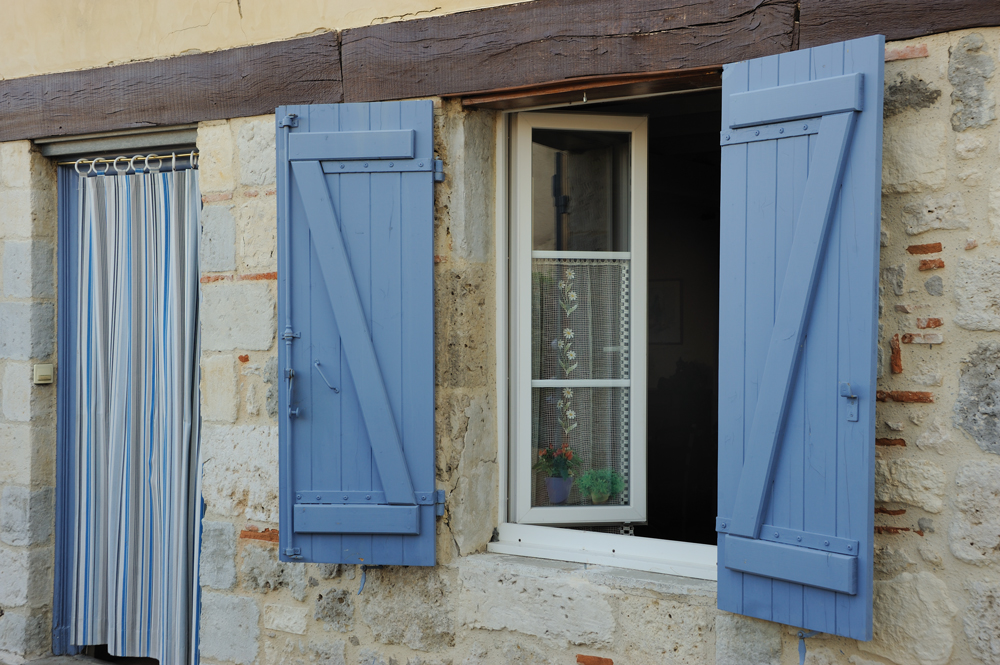
One of the oldest house in the town.
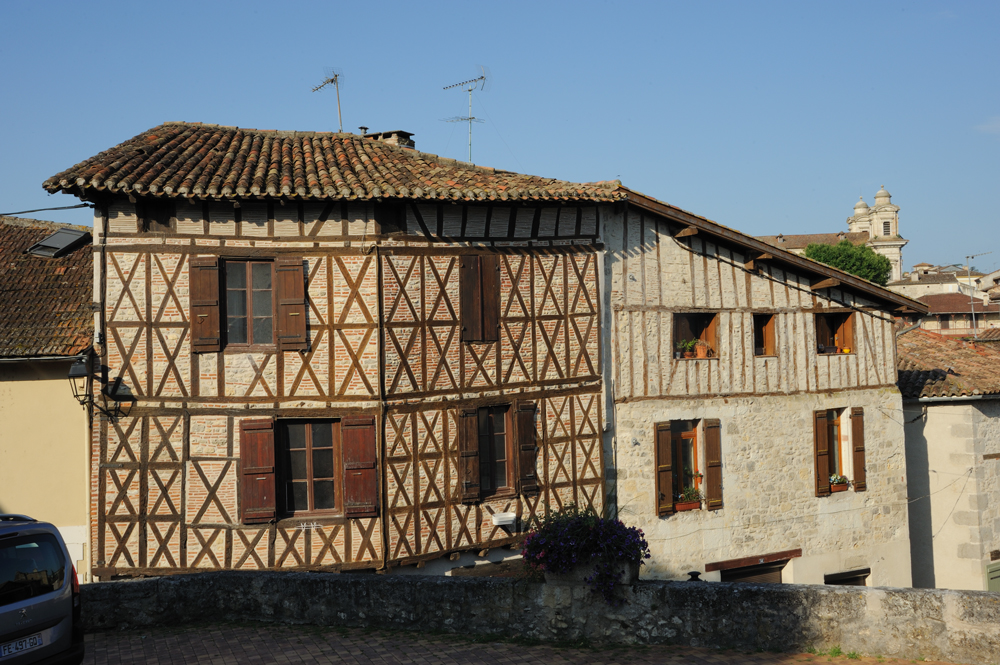
More houses.
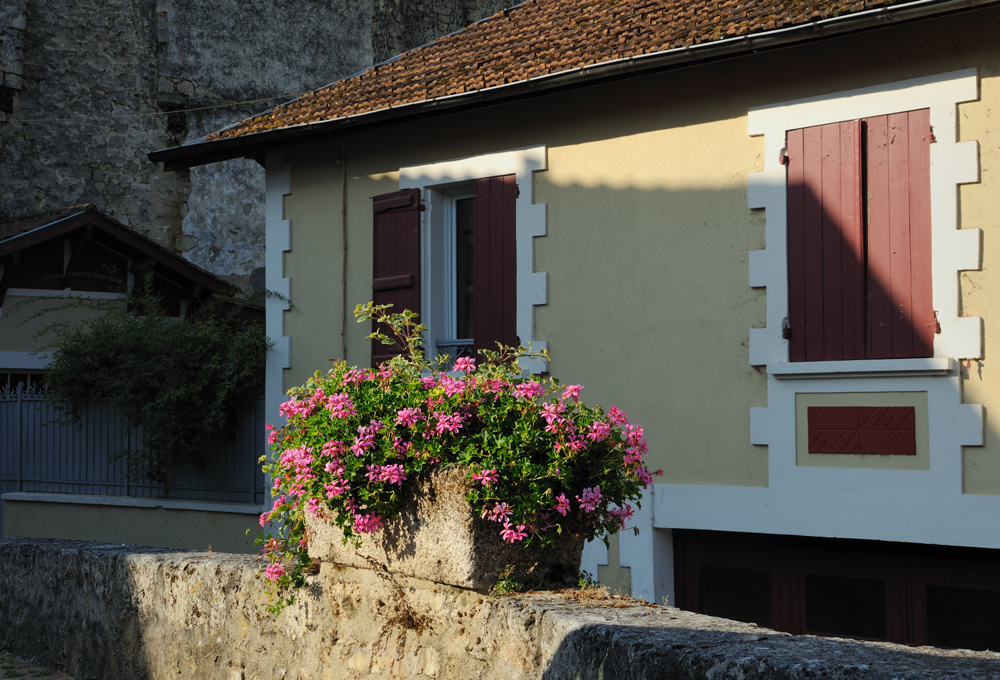
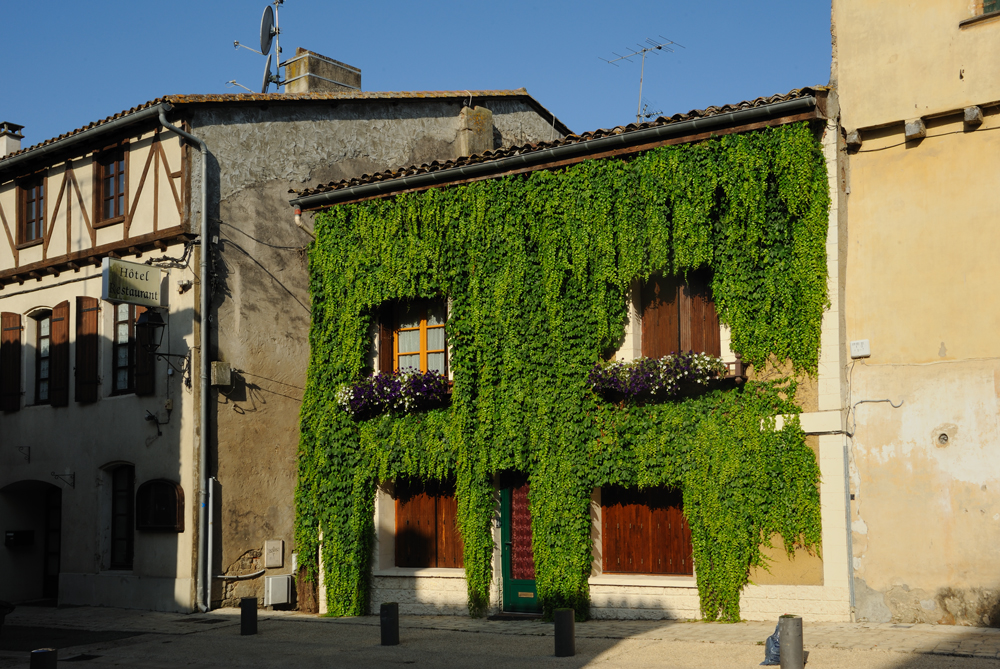
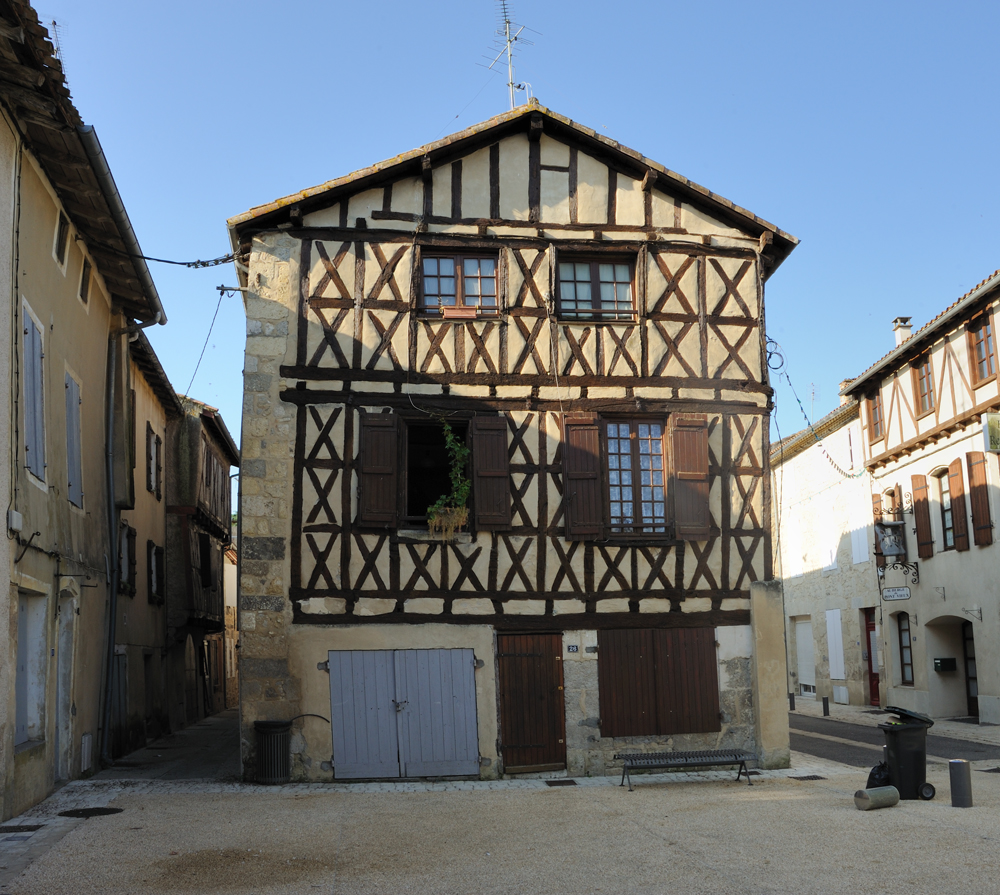
A little street.
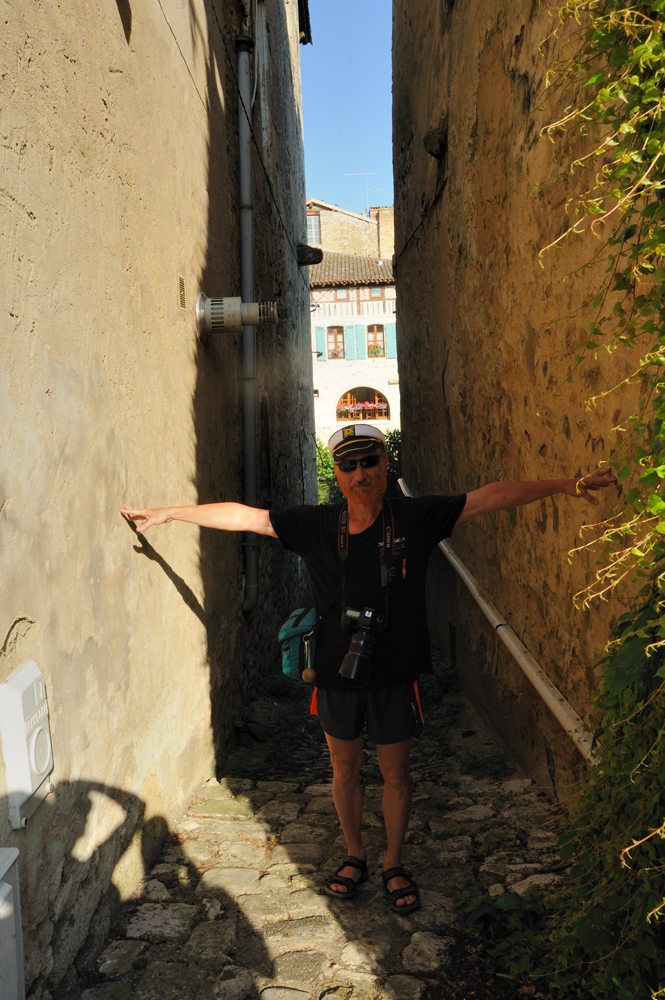
Back to the river.
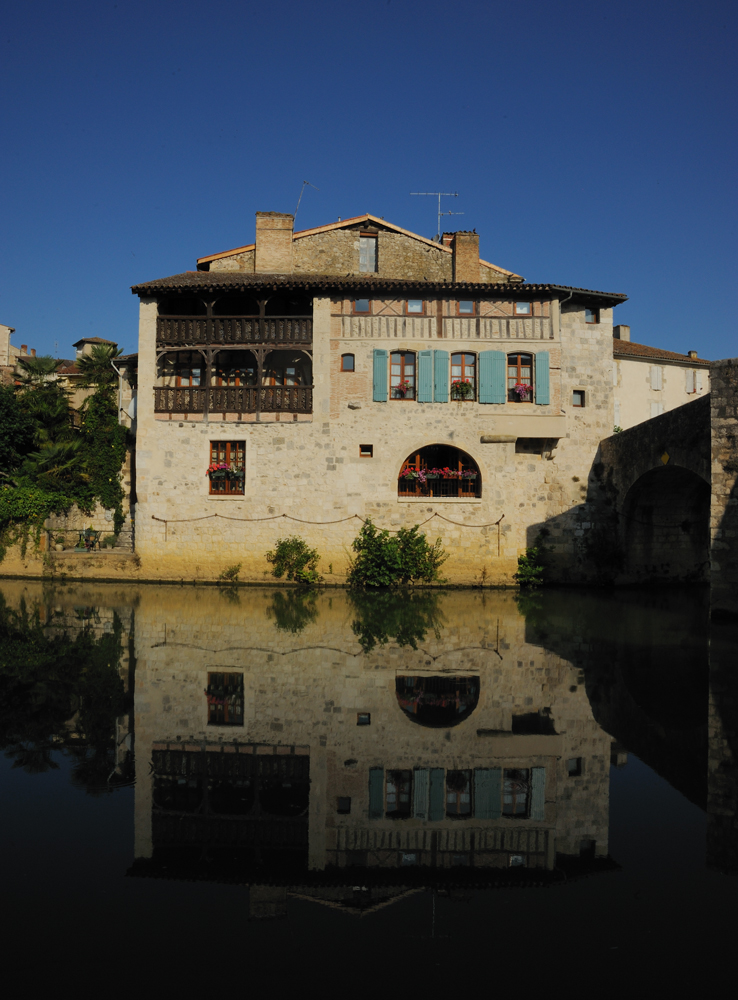
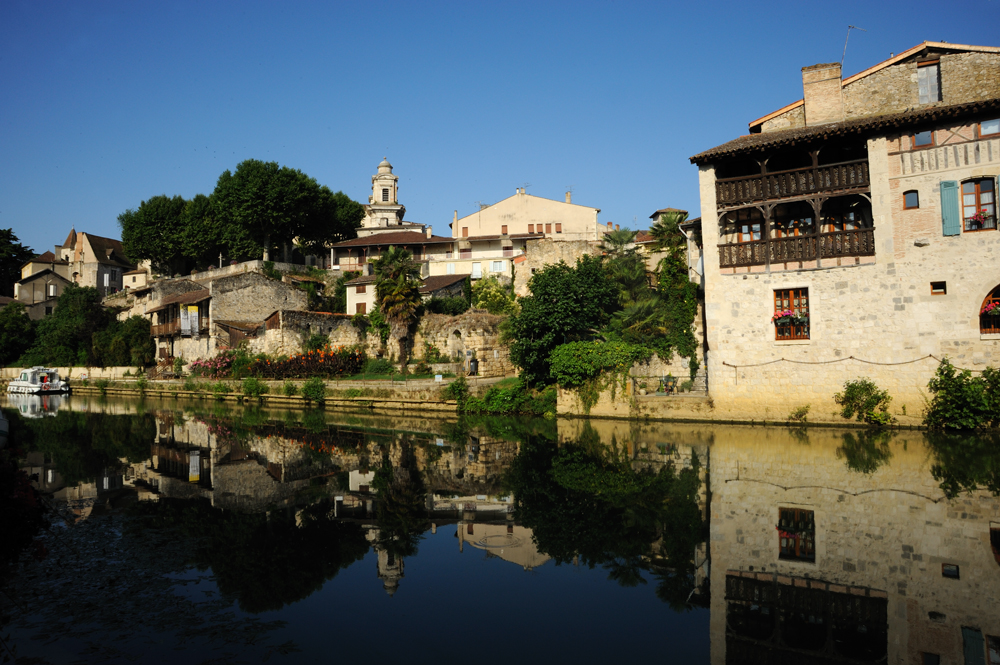
In 1589 Henry III, the King of France, last of Valoua, died and passed the crown to Henry, the King of Navarre. So, the French Kingdom passed from House of Valoua to House of Bourbon. Actually, Henry spent some time fighting for the crown, because Catholics didn’t want to accept the Protestant, but he got it. So, he left Nerac and never been back.
However, his sister continued to live in Nerac, and Herny from Paris organized the park for her in the town. Later this park became public. It is a very typical Franch park on the river bank with huge shady sycamores, fountains, pavilions and other things.
Fountains:
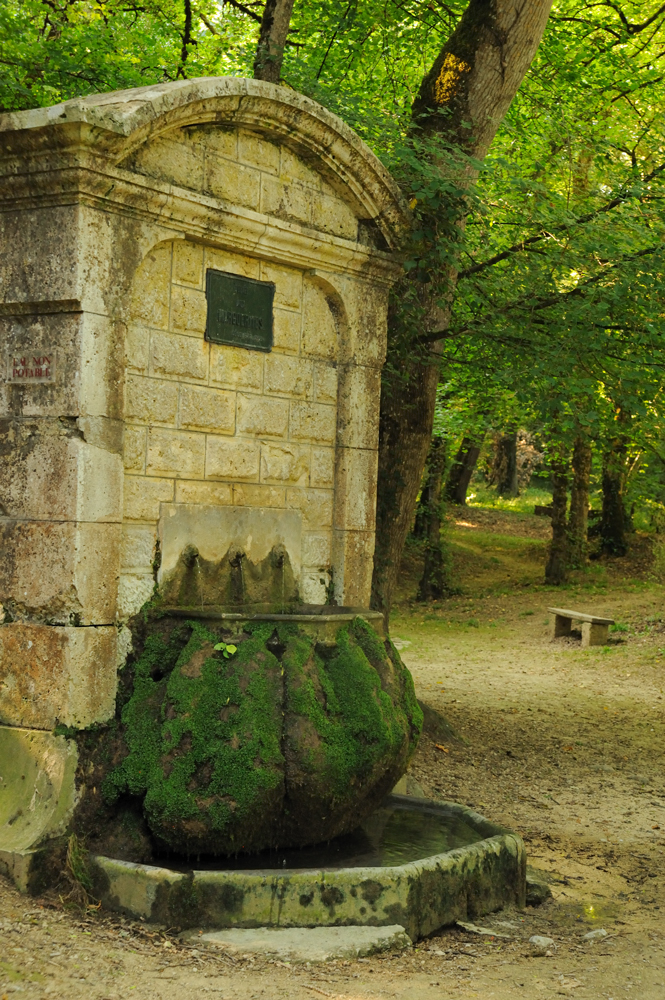
Fleurette fountain:
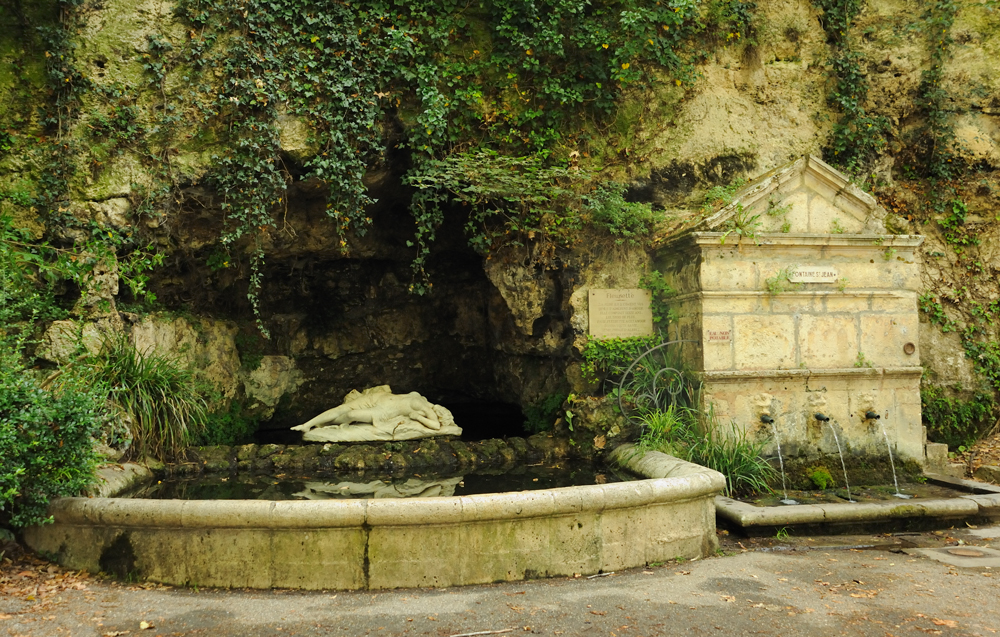
Henry of Navarre loved women his whole life. They also loved him. When he was young and lived at his father court, he had affair with the King’s gardener daughter Fleurette. One day careless Henry missed the date. The legend said that desperate girl drowned in the fountain.
From her name Fleurette, the English word “flirt” came.
This statue of Fleurette has been sculptured in the XIX century and placed in the old fountain in Nerac park.

River in the park.
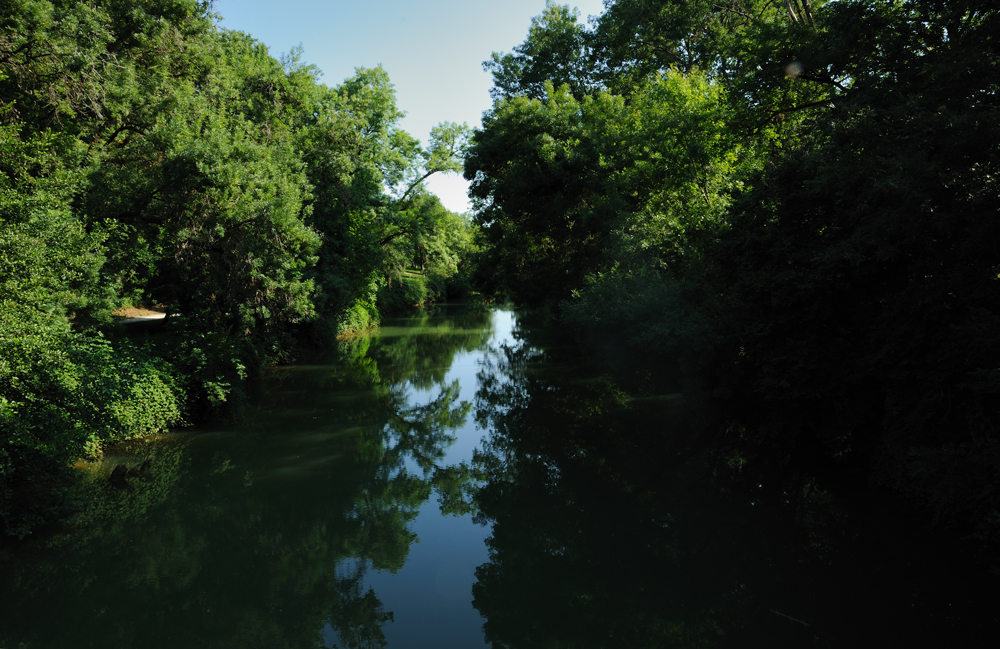
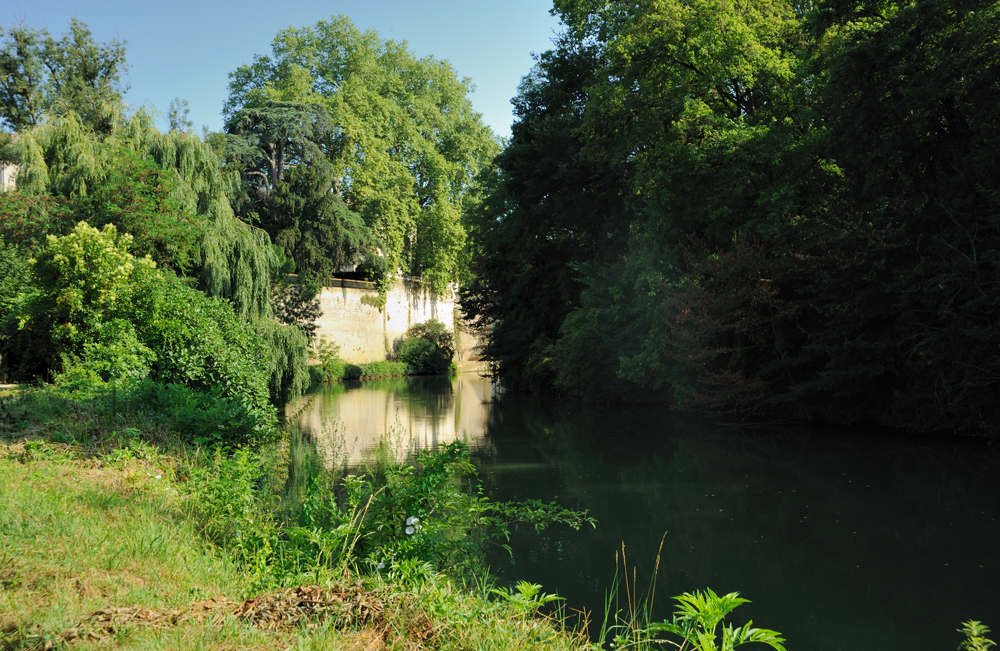
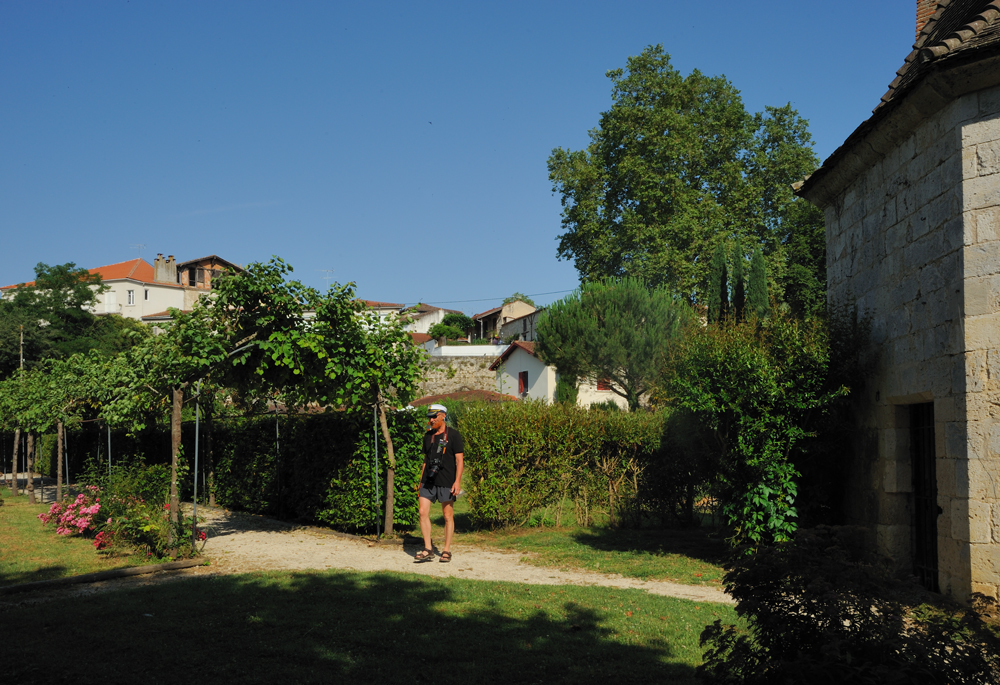
The Bath of Roy.
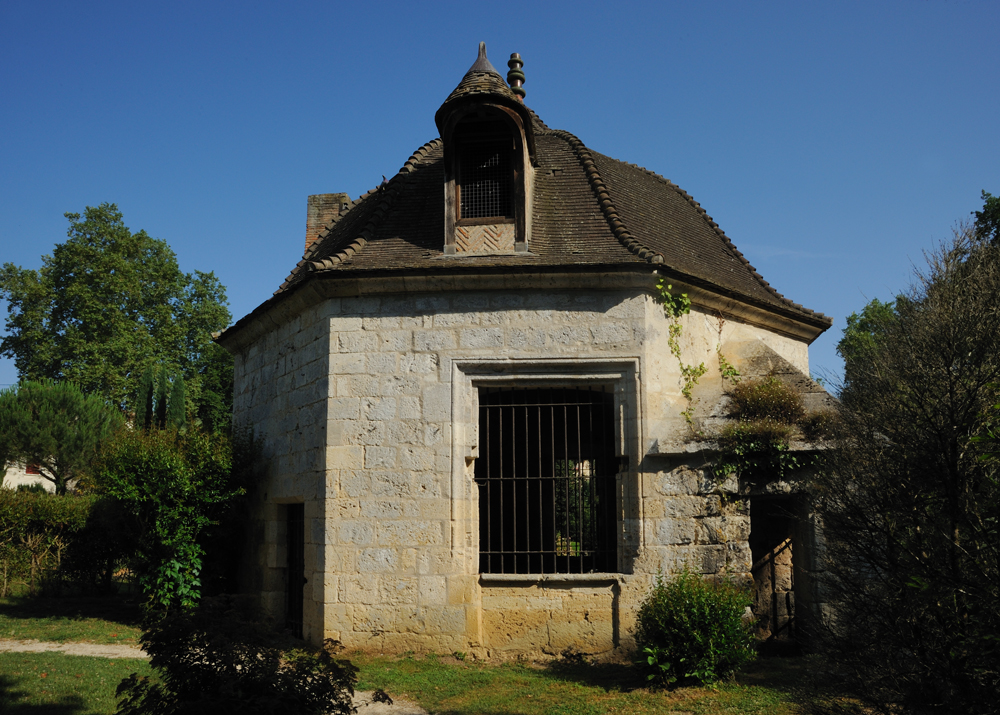
Back to the mooring.
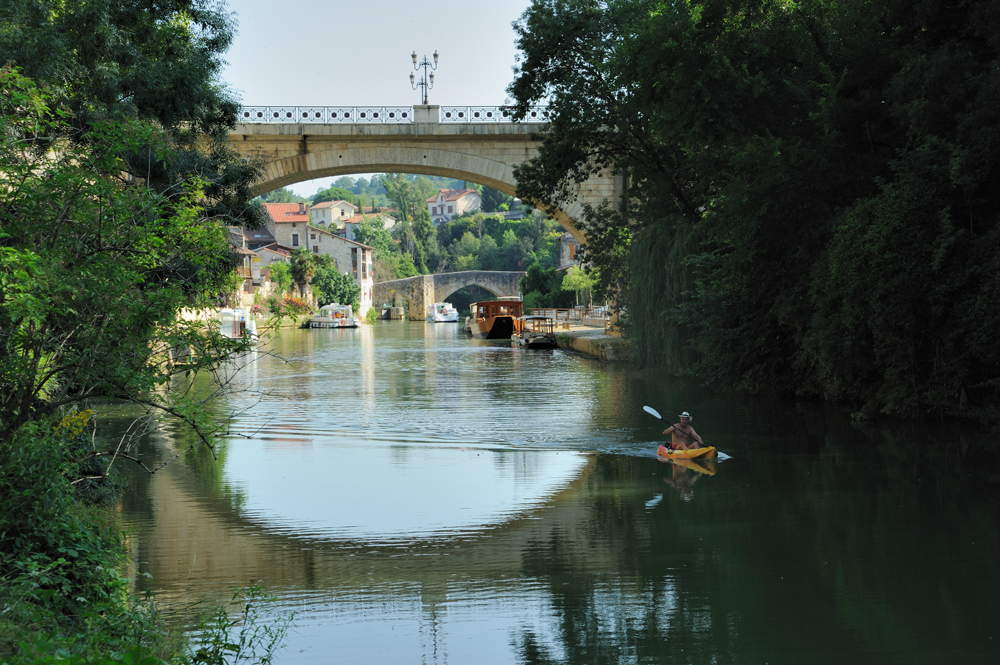
By the way, Nerac is not only Henry IV, for lovers of Joanne Harris and her Chocolate Nerac is also a prototype of Lansquenet-sous-Tannes. There is a chocolaterie in Nerac that made after the novel.
The name of mane character, Vianne, taken from the neighbouring town, which we will visit in the next post.
To be continued…